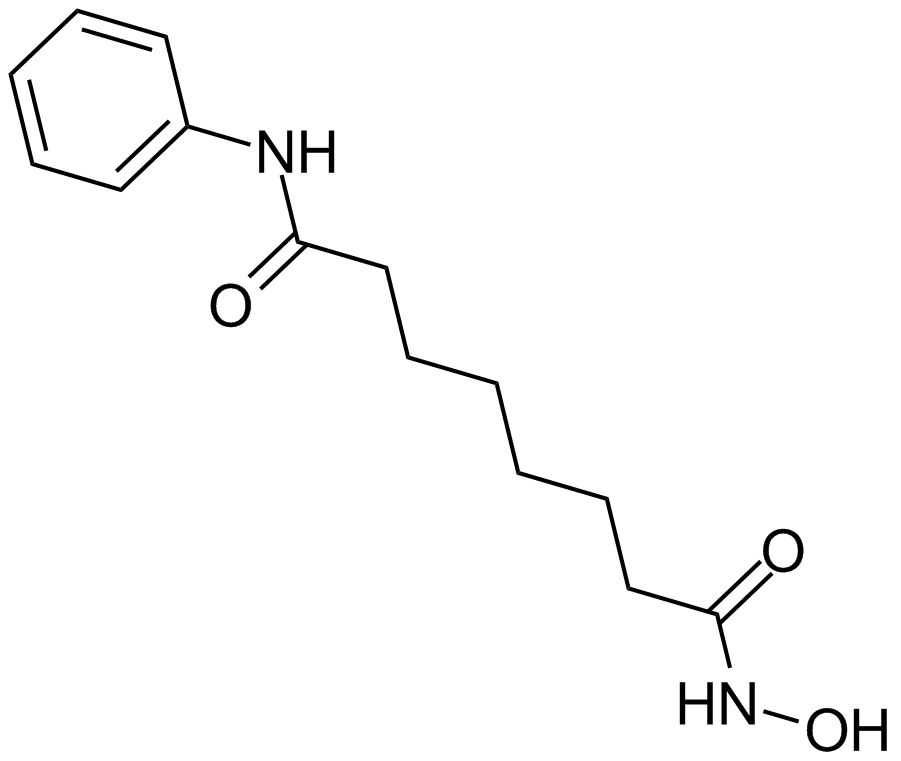Mitophagy
Mitophagy is the selective degradation of mitochondria by autophagy.
Mitochondria are essential organelles that regulate cellular energy homeostasis and cell death. The removal of damaged mitochondria through autophagy, a process called mitophagy, is thus critical for maintaining proper cellular functions. Indeed, mitophagy has been recently proposed to play critical roles in terminal differentiation of red blood cells, paternal mitochondrial degradation, neurodegenerative diseases, and ischemia or drug-induced tissue injury.
Autophagy and mitophagy are important cellular processes that are responsible for breaking down cellular contents, preserving energy and safeguarding against accumulation of damaged and aggregated biomolecules.
Ziele für Mitophagy
Produkte für Mitophagy
- Bestell-Nr. Artikelname Informationen
-
GC11720
17-AAG (KOS953)
An inhibitor of Hsp90
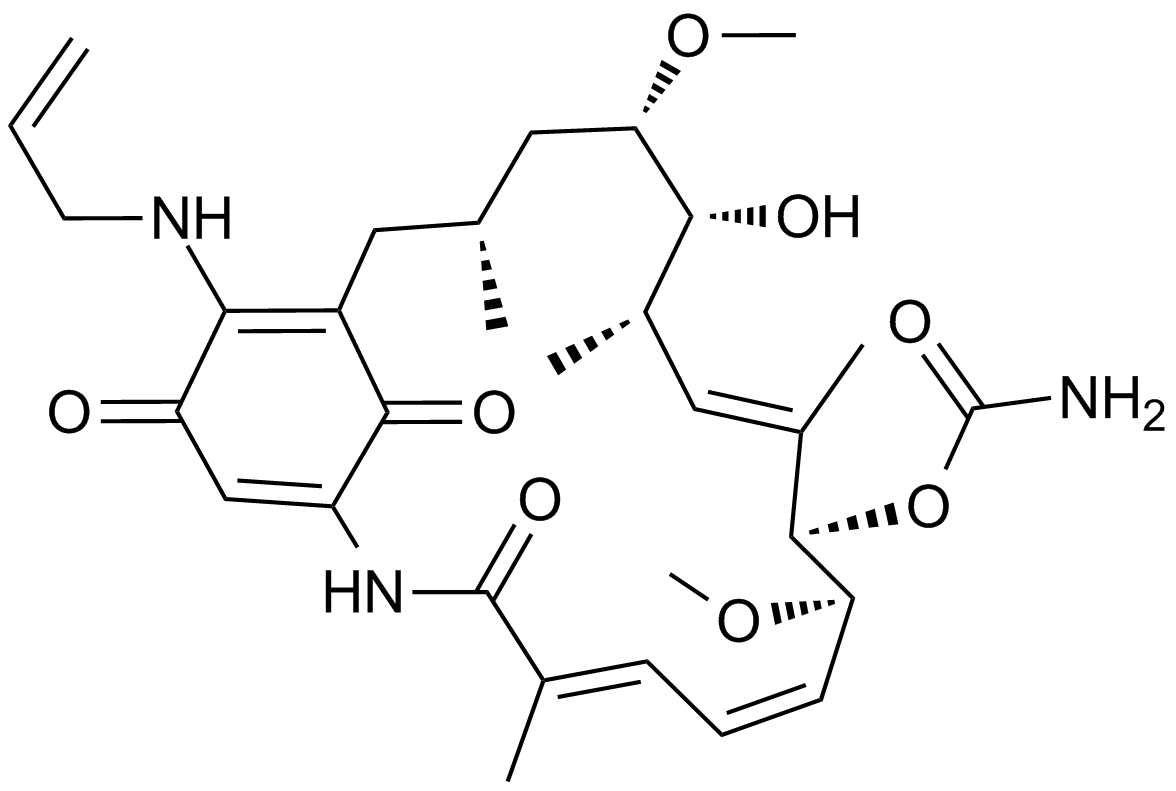
-
GC10710
3-Methyladenine
3-Methyladenin ist ein klassischer Autophagie-Inhibitor.

-
GC45356
5-Aminolevulinic Acid (hydrochloride)

-
GC16267
6-Hydroxydopamine hydrobromide
Oxidopamin (6-OHDA) Hydrobromid ist ein Antagonist des Neurotransmitters Dopamin.
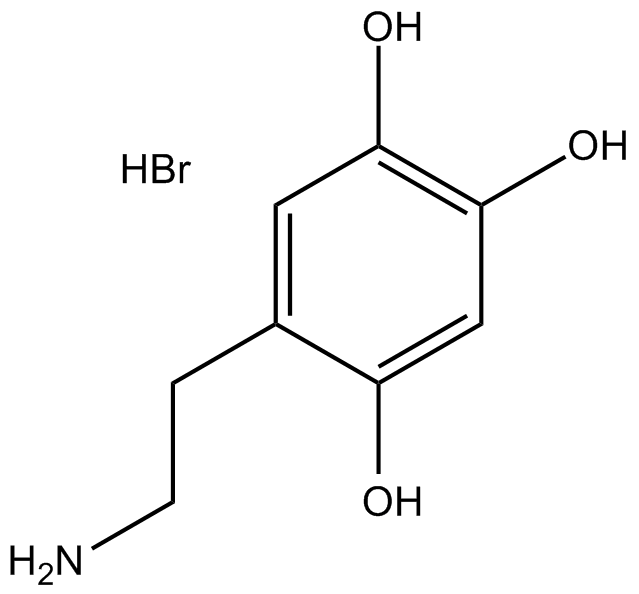
-
GC17234
ABT-737
An inhibitor of anti-apoptotic Bcl-2 proteins
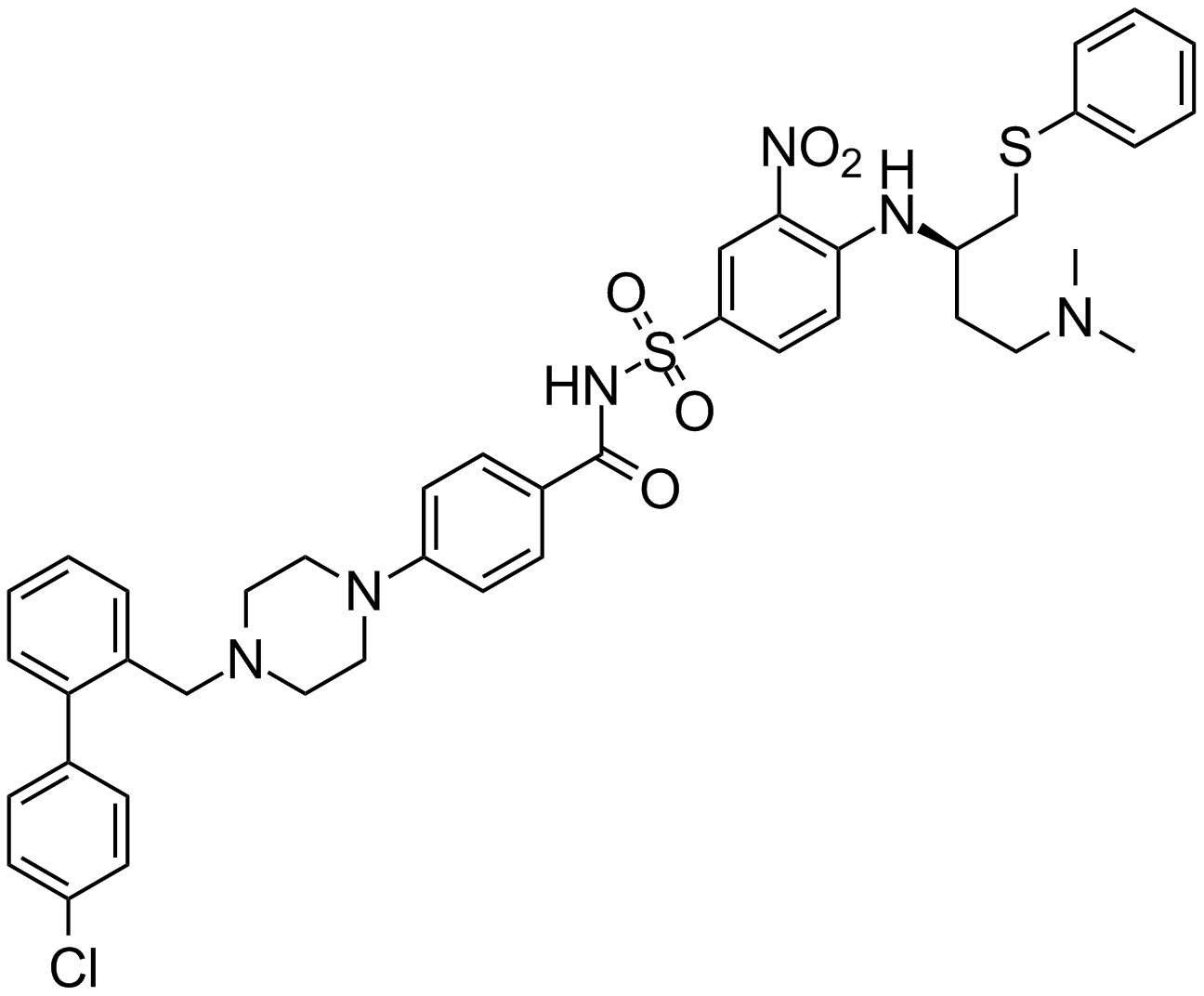
-
GC10518
AICAR
Ein Aktivator von AMPK
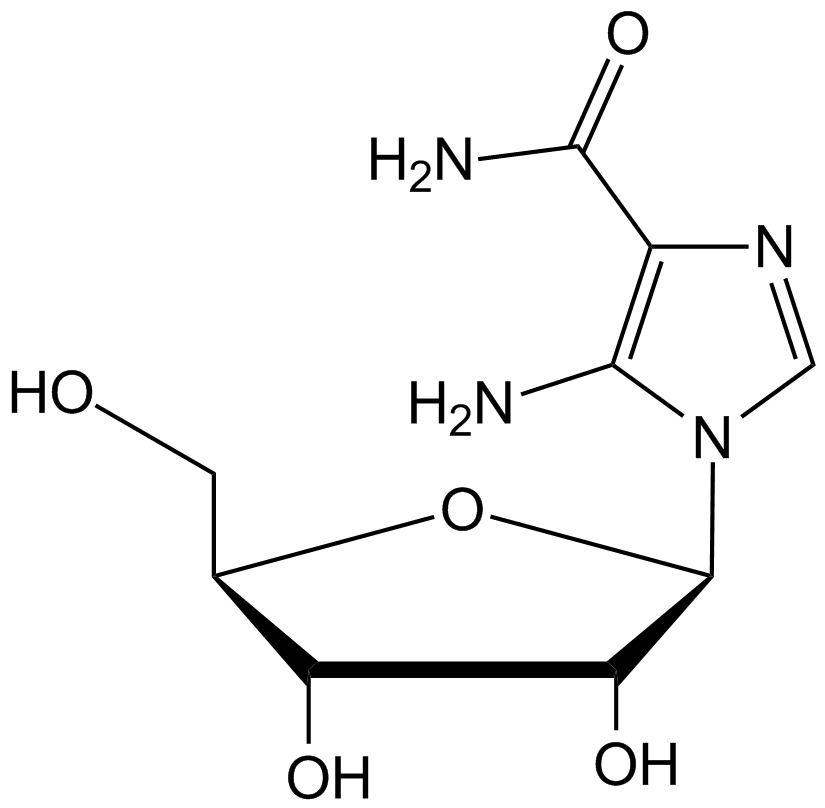
-
GC10580
AICAR phosphate
AICAR-Phosphat (Acadesine-Phosphat) ist ein Adenosin-Analogon und ein AMPK-Aktivator. AICAR-Phosphat reguliert den Glukose- und Lipidstoffwechsel und hemmt proinflammatorische Zytokine und die iNOS-Produktion. AICAR-Phosphat ist auch ein Autophagie-, YAP- und Mitophagie-Hemmer.
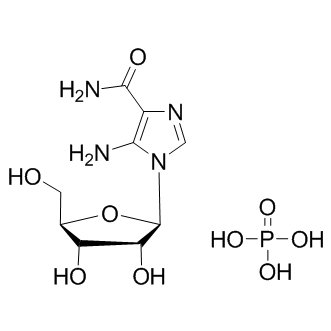
-
GC15706
Aspirin (Acetylsalicylic acid)
A non-selective, irreversible COX inhibitor
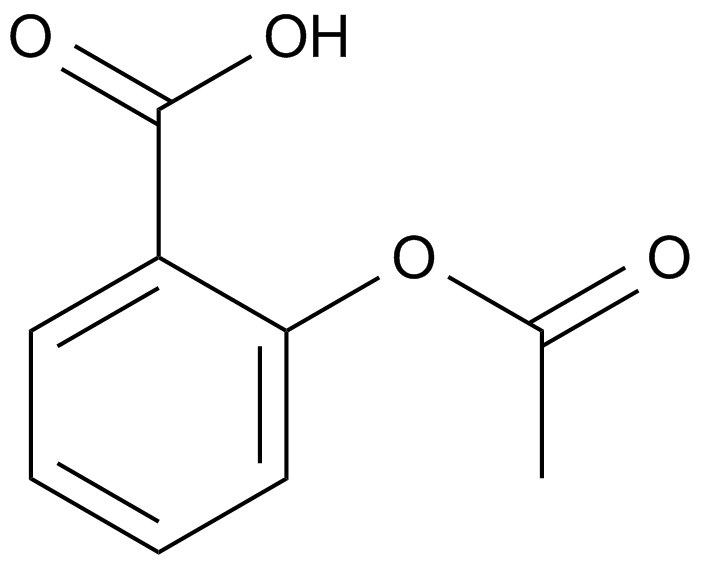
-
GC62135
BC1618
BC1618, eine oral aktive Fbxo48-hemmende Verbindung, stimuliert die Ampk-abhÄngige SignalÜbertragung (indem es aktiviertes pAmpkα am Fbxo48-vermittelten Abbau hindert).

-
GC10480
Betulinic acid
A plant triterpenoid similar to bile acids

-
GC17683
Brefeldin A
Brefeldin A (BFA) ist eine makrocyclische Lactonverbindung aus Pilzen und ein potenter, reversibler Inhibitor der intrazellulären Vesikelbildung und des Proteintransports zwischen dem endoplasmatischen Retikulum (ER) und dem Golgi-Apparat.
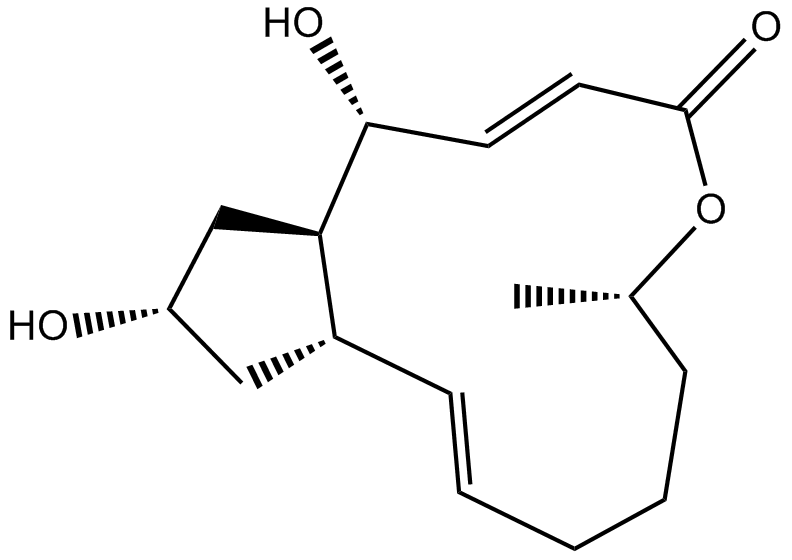
-
GC17340
Carbamazepine
Carbamazepin, ein Natriumkanalblocker, ist ein Antikonvulsivum.
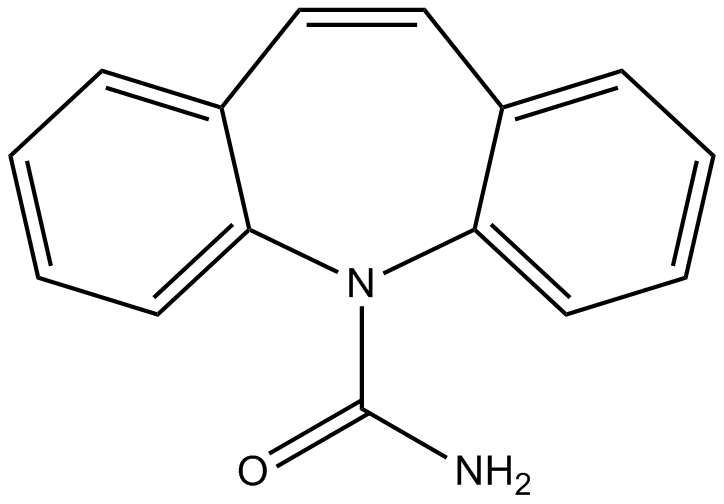
-
GC15083
Celastrol
A triterpenoid antioxidant
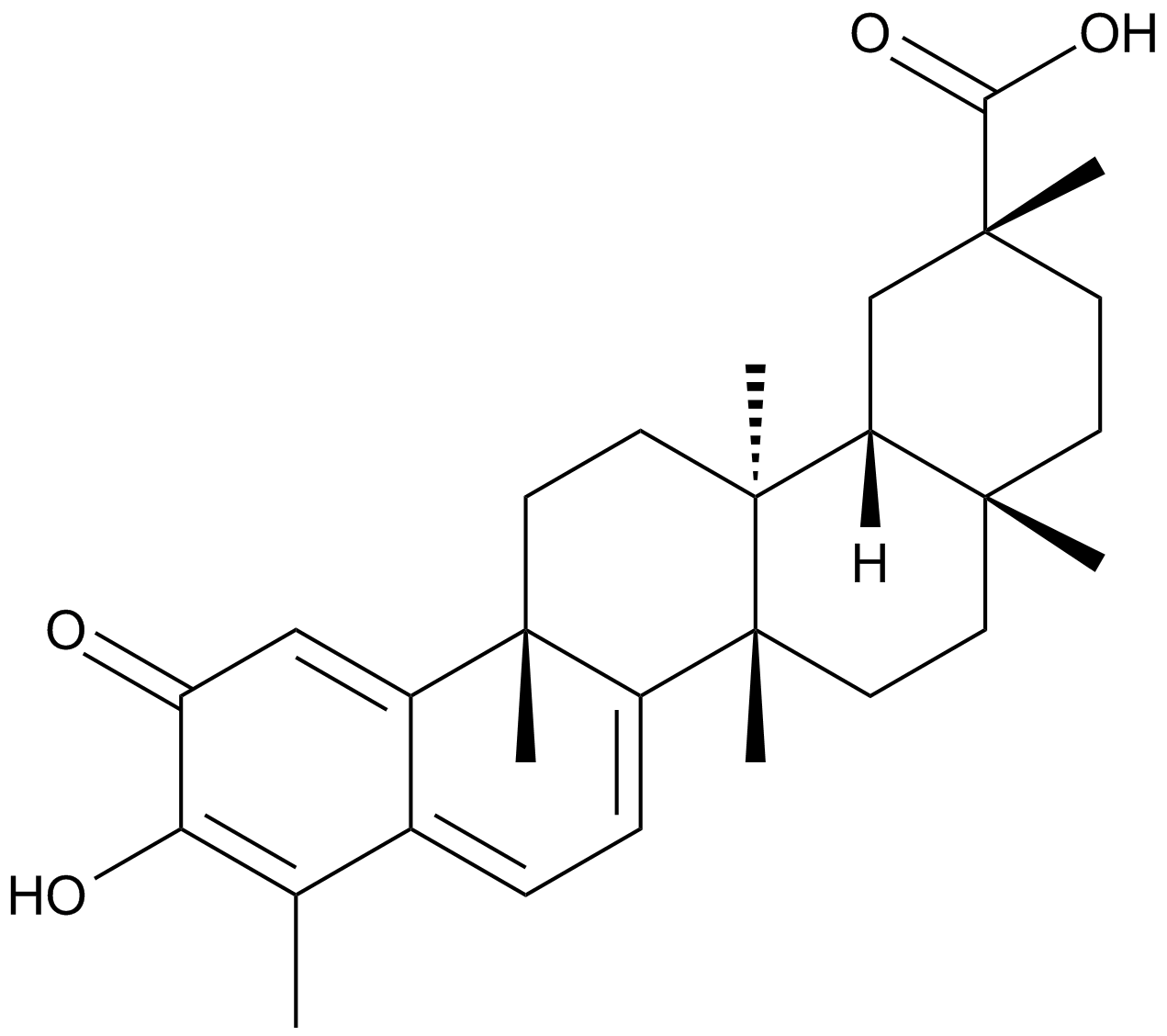
-
GC32078
Clioquinol (Iodochlorhydroxyquin)
Clioquinol (Iodochlorhydroxyquin) (Iodochlorhydroxyquin) ist ein topisches Antimykotikum mit AntikrebsaktivitÄt.
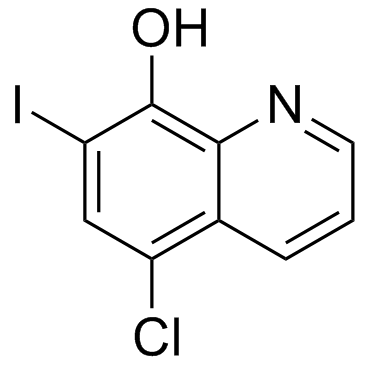
-
GC30360
Cresol (Cresol mixture of isomers)
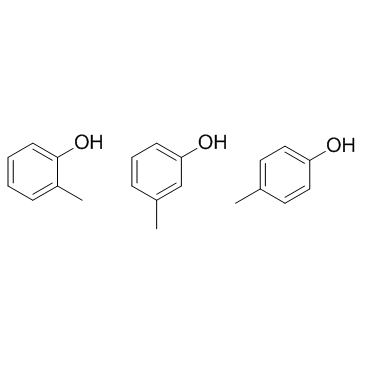
-
GC14787
Curcumin
Ein gelbes Pigment mit vielfältigen biologischen Aktivitäten.
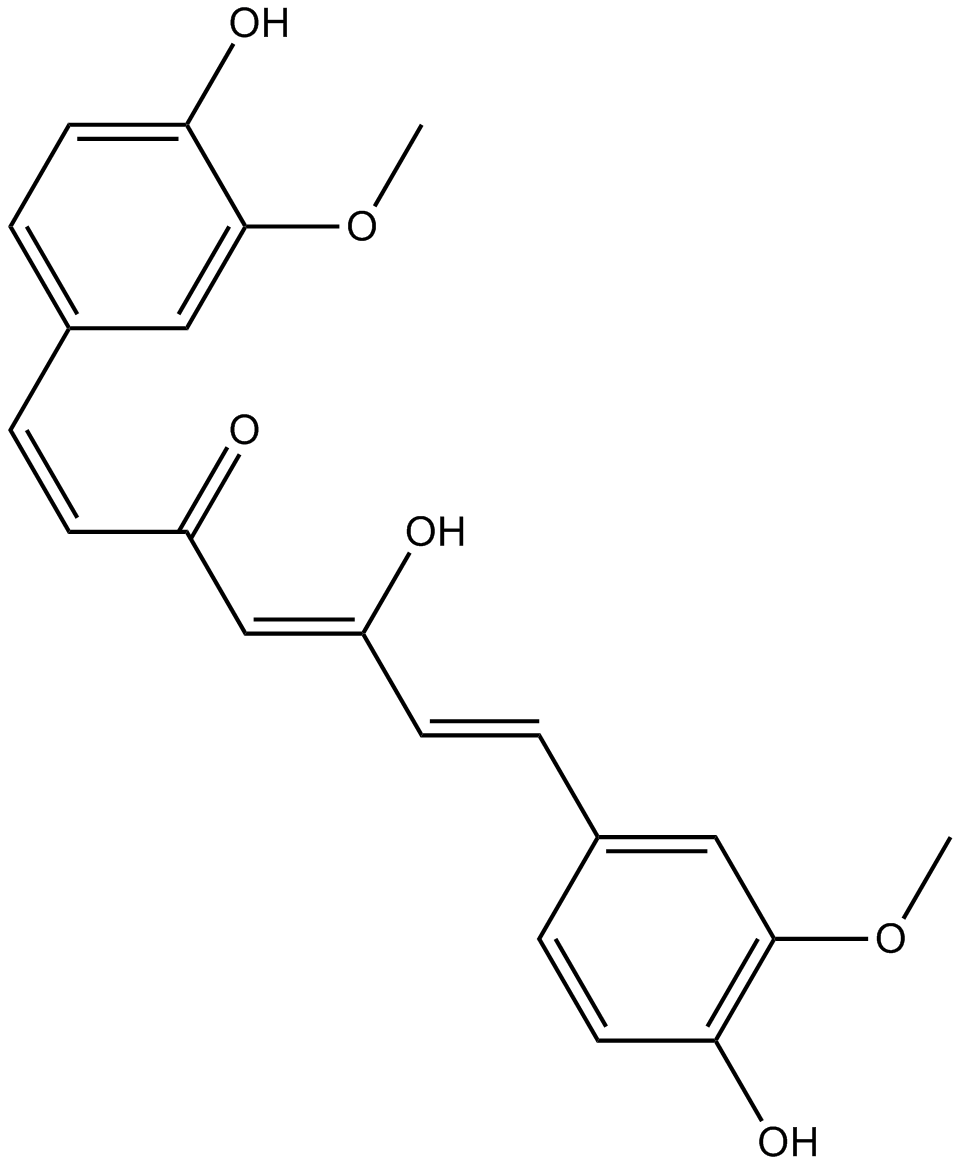
-
GC40226
Curcumin-d6
Curcumin D6 (Diferuloylmethan D6) ist ein Deuterium mit der Bezeichnung Curcumin (gelbe Kurkuma).

-
GC13554
Deferoxamine mesylate
Deferoxamin-Mesilat ist ein Medikament, das Eisen durch Bildung eines stabilen Komplexes chelatiert und verhindert, dass das Eisen in weitere chemische Reaktionen eingeht. Es wird zur Behandlung von chronischem Eisenüberladung bei Patienten mit transfusionsabhängiger Anämie eingesetzt.
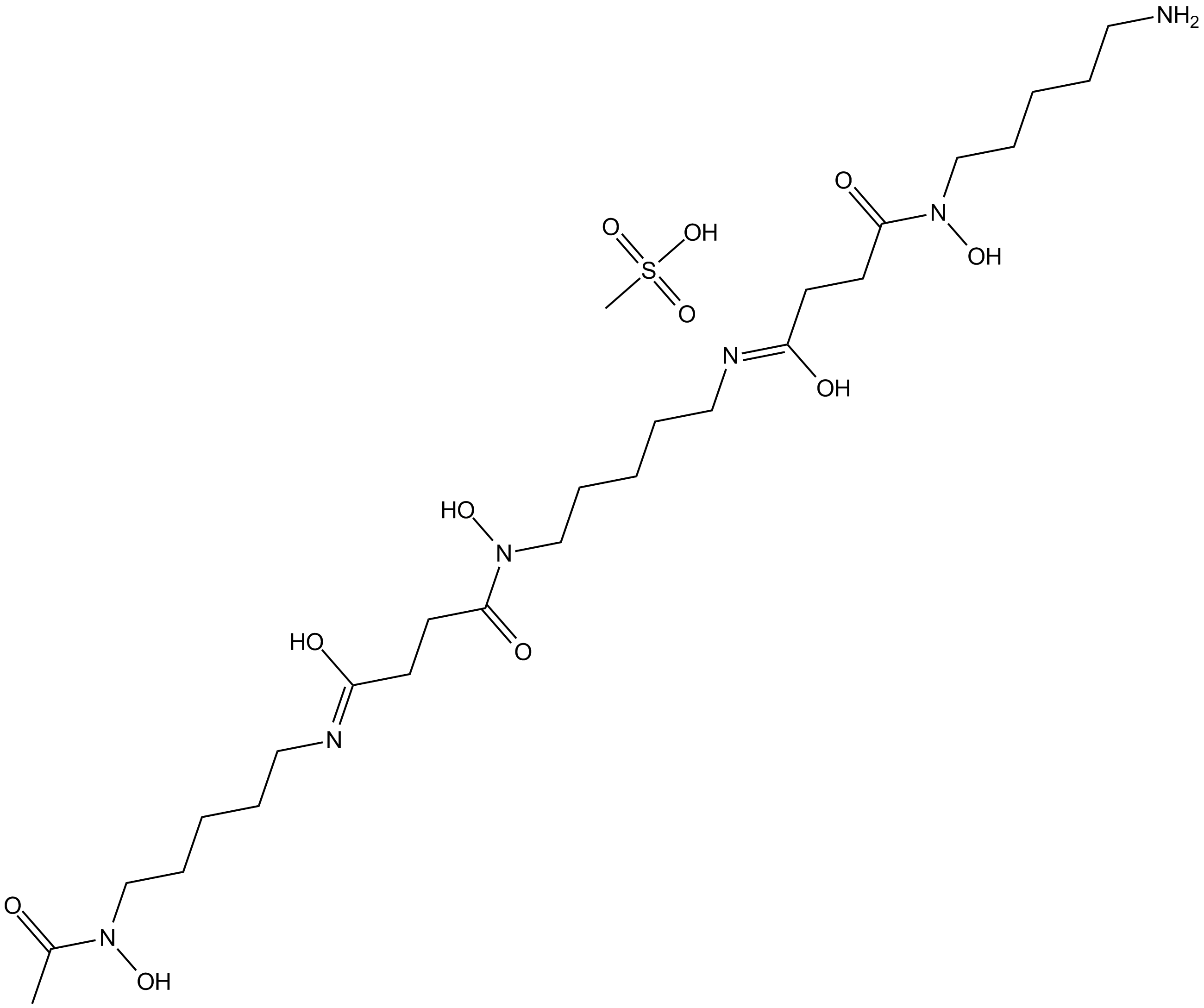
-
GC40775
Dexamethasone
Dexamethason, als Mitglied der Glukokortikoid-Familie, kann vor arthritischen Veränderungen in der Struktur und Funktion des Knorpels schützen, einschließlich Matrixverlust, Entzündung und Knorpelviabilität.

-
GC11237
Dexamethasone acetate
Dexamethasonacetat (Dexamethason-21-acetat) ist ein Glucocorticoid-Rezeptoragonist.
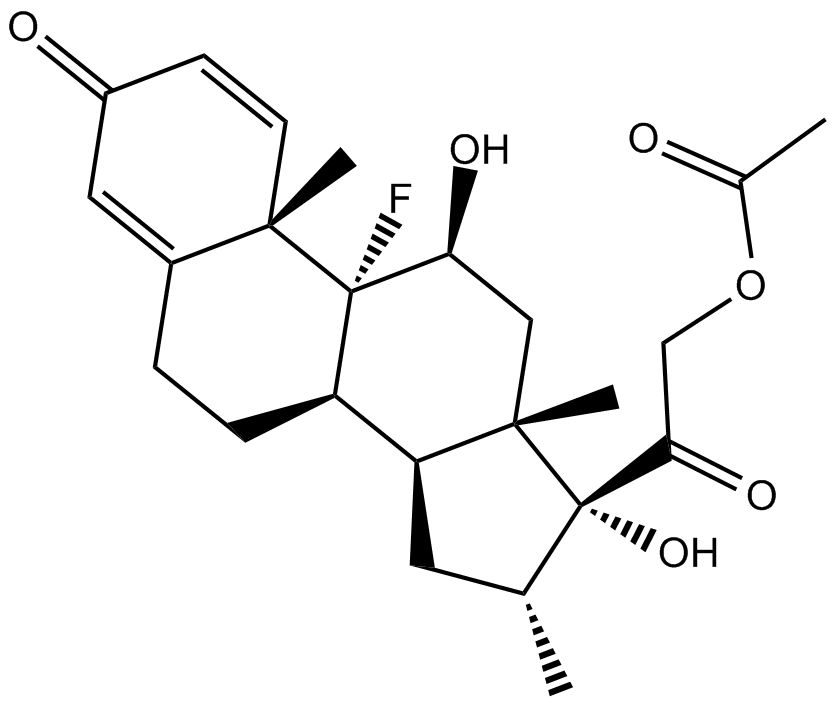
-
GC13443
Doxazosin Mesylate
Doxazosin-Mesylat (UK 33274) ist ein Chinazolin-Derivat, das selektiv postsynaptische α1-adrenerge Rezeptoren antagonisiert.
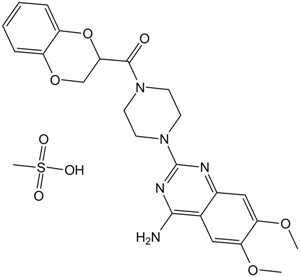
-
GC16994
Doxorubicin
Doxorubicin(DOX), also known as adriamycin, is a compound of the anthracycline class that has the broadest spectrum of activity.
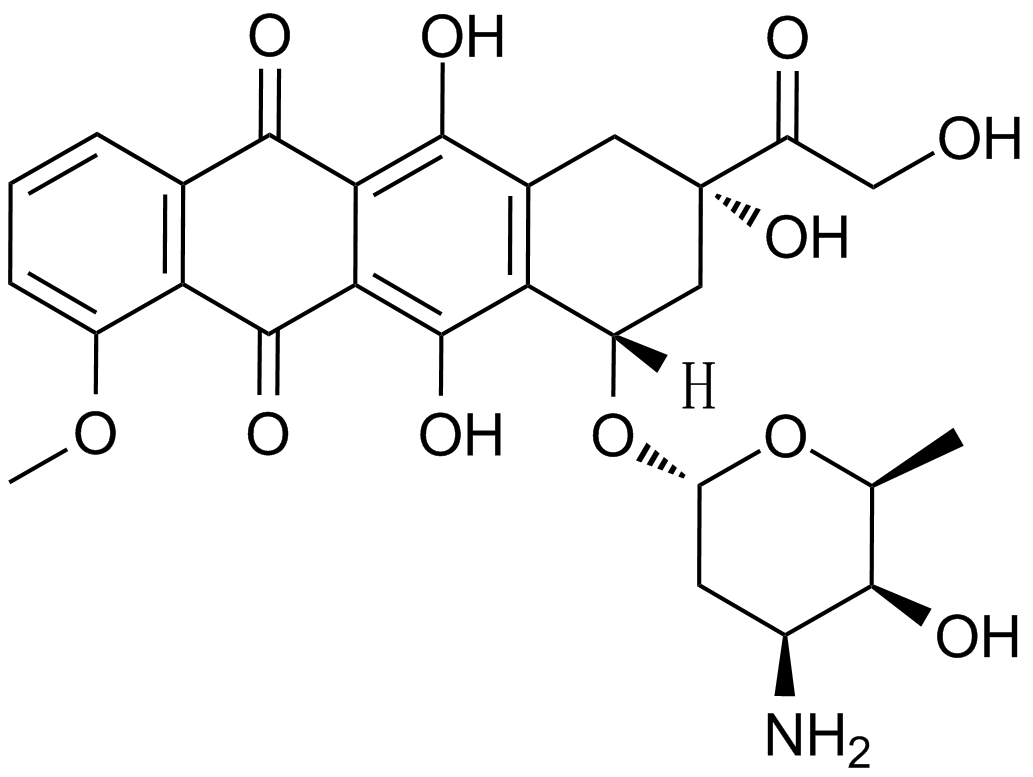
-
GC17567
Doxorubicin (Adriamycin) HCl
Doxorubicin (Hydroxydaunorubicin) Hydrochlorid, ein zytotoxisches Anthracyclin-Antibiotikum, ist ein Chemotherapeutikum zur Behandlung von Krebs.
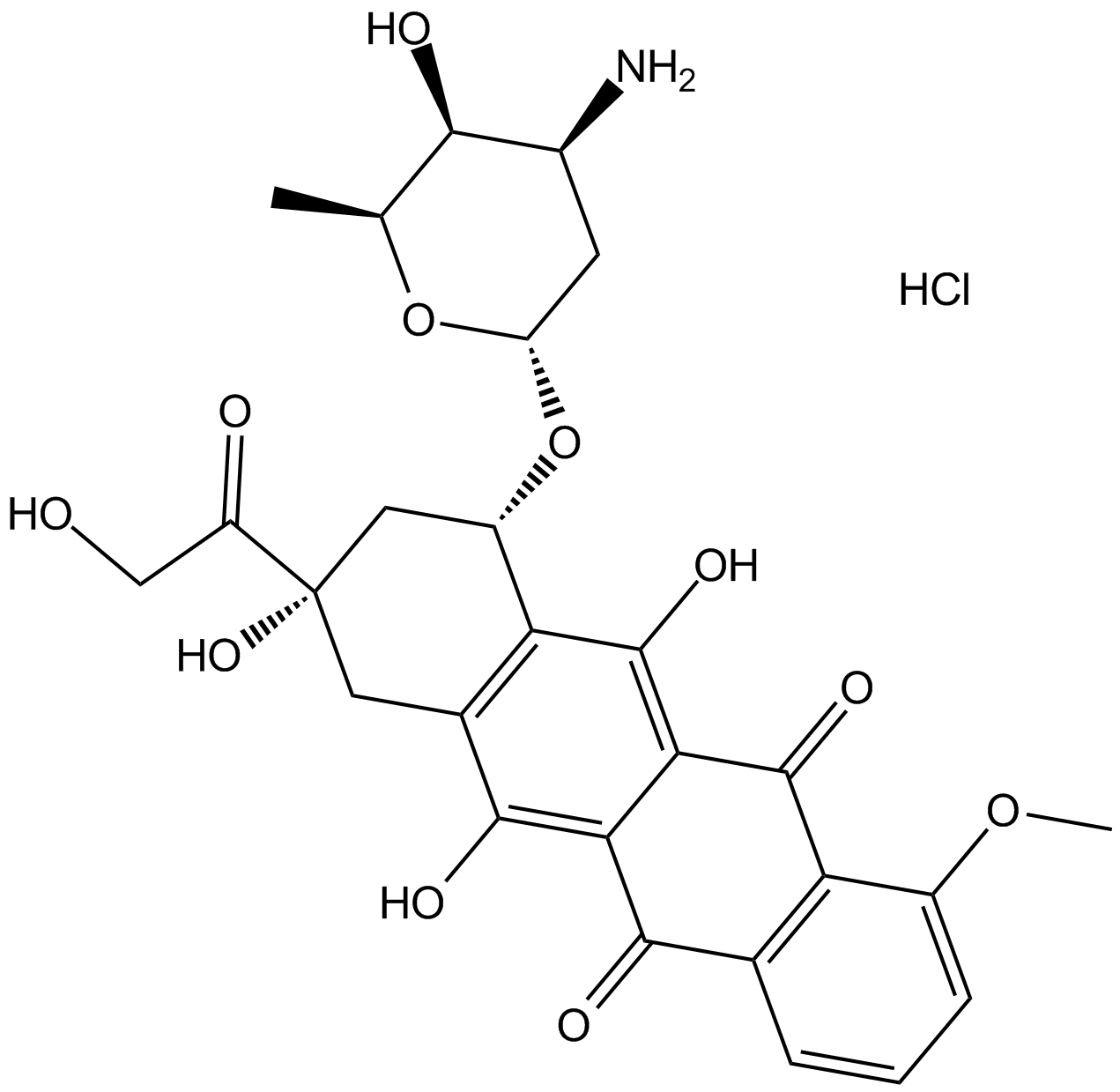
-
GC14968
Esmolol HCl
Esmolol HCl ist ein Betarezeptorenblocker.
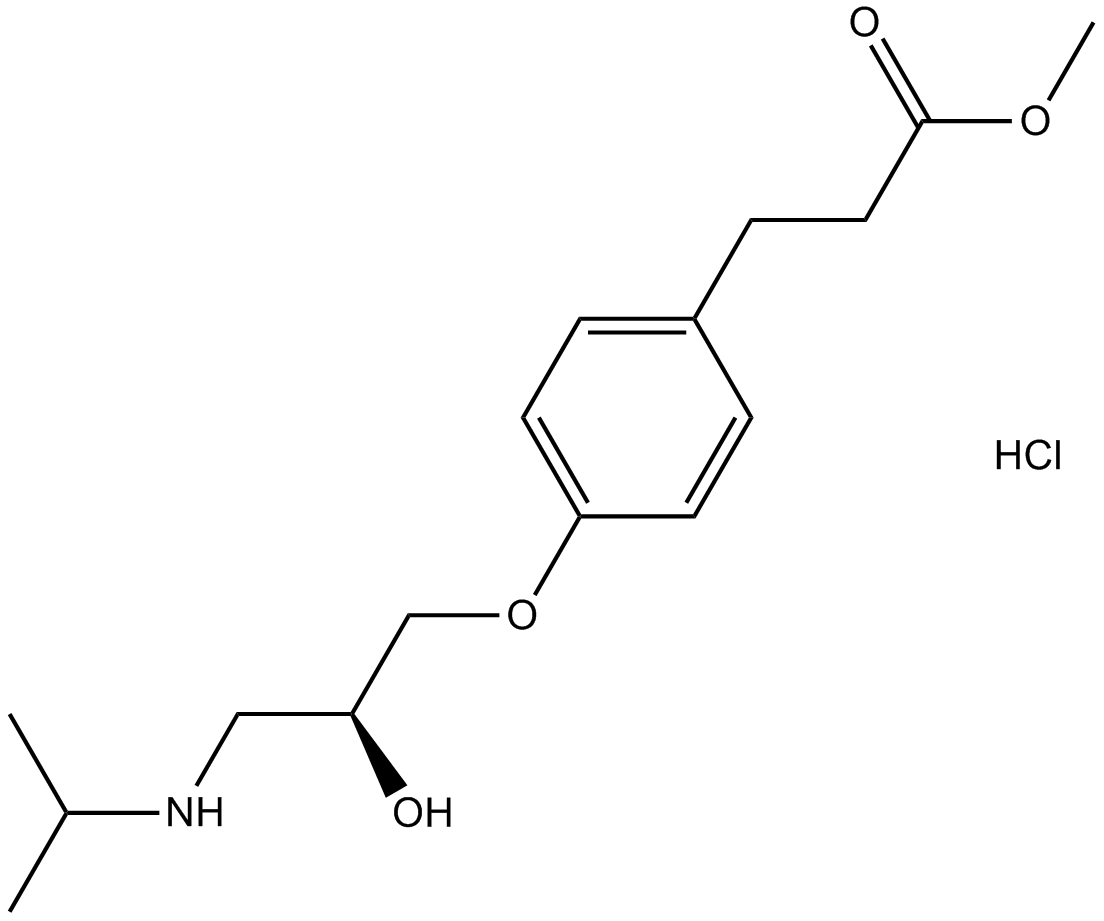
-
GC15617
Etoposide
Topo-II-Inhibitor
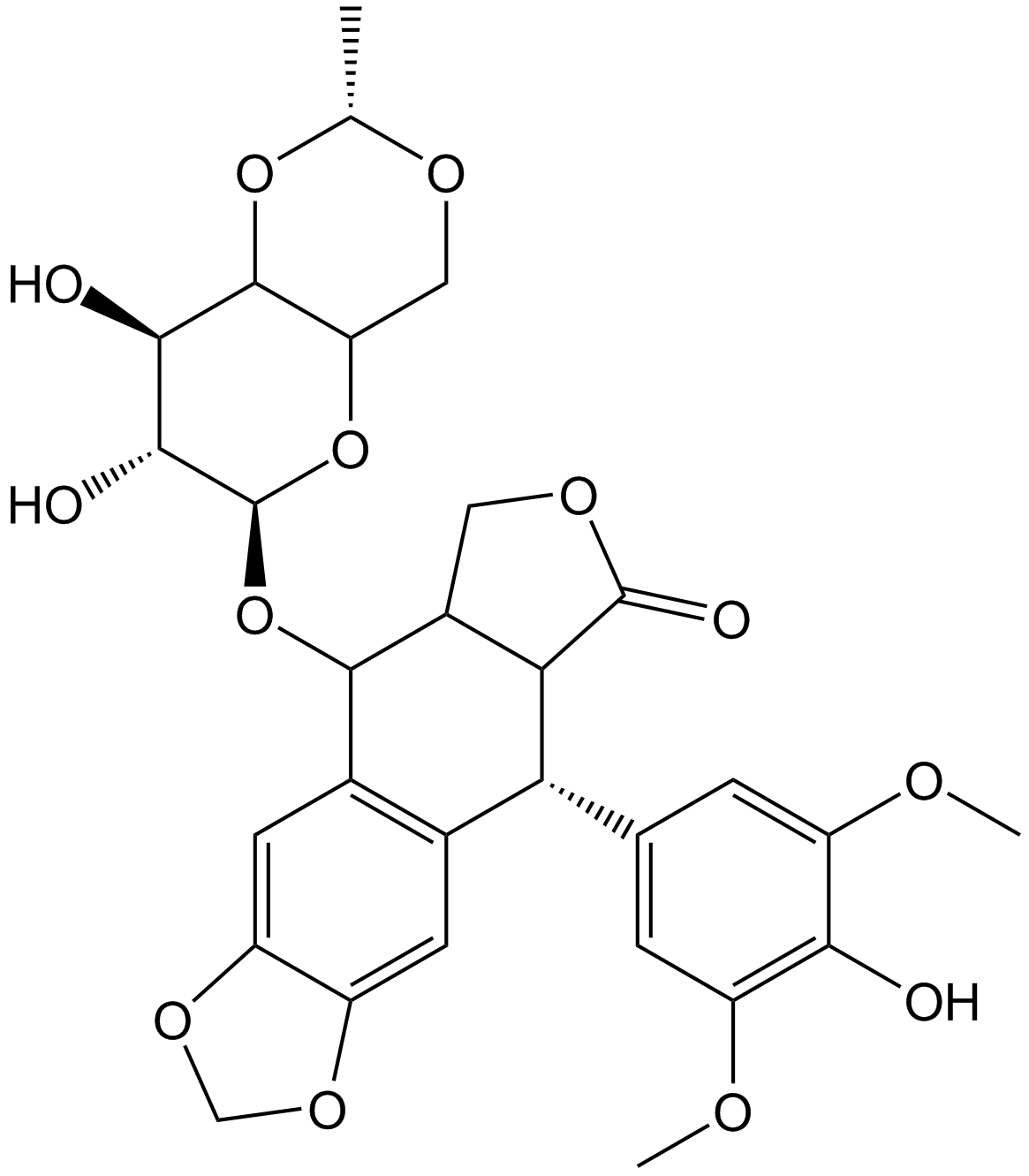
-
GN10156
Ginsenoside Rb1
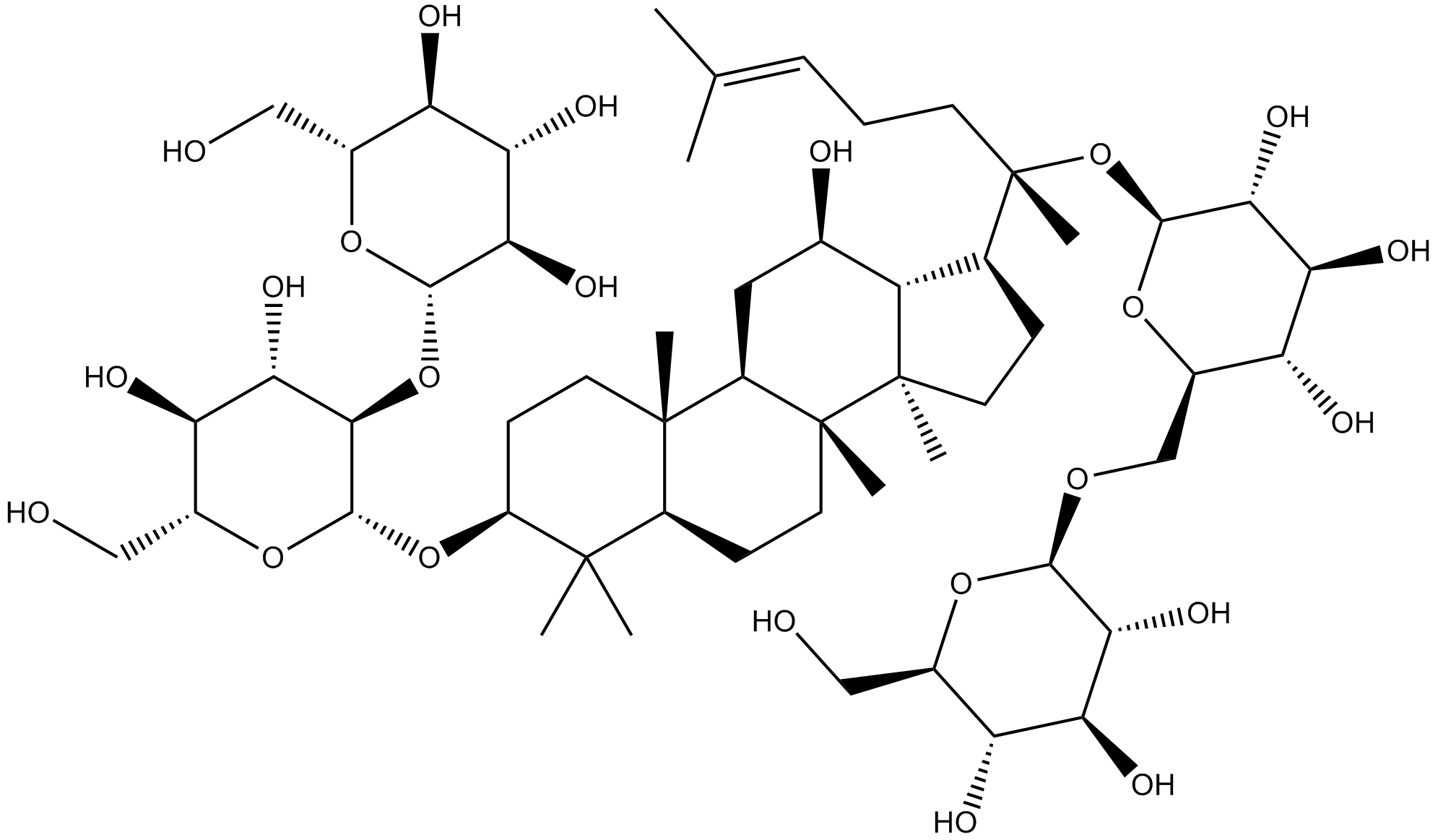
-
GC18049
GSK2578215A
GSK2578215A ist ein potenter und hochselektiver LRRK2-Inhibitor, der IC50-Werte von etwa 10 nM sowohl gegen Wildtyp-LRRK2 als auch gegen die G2019S-Mutante aufweist.
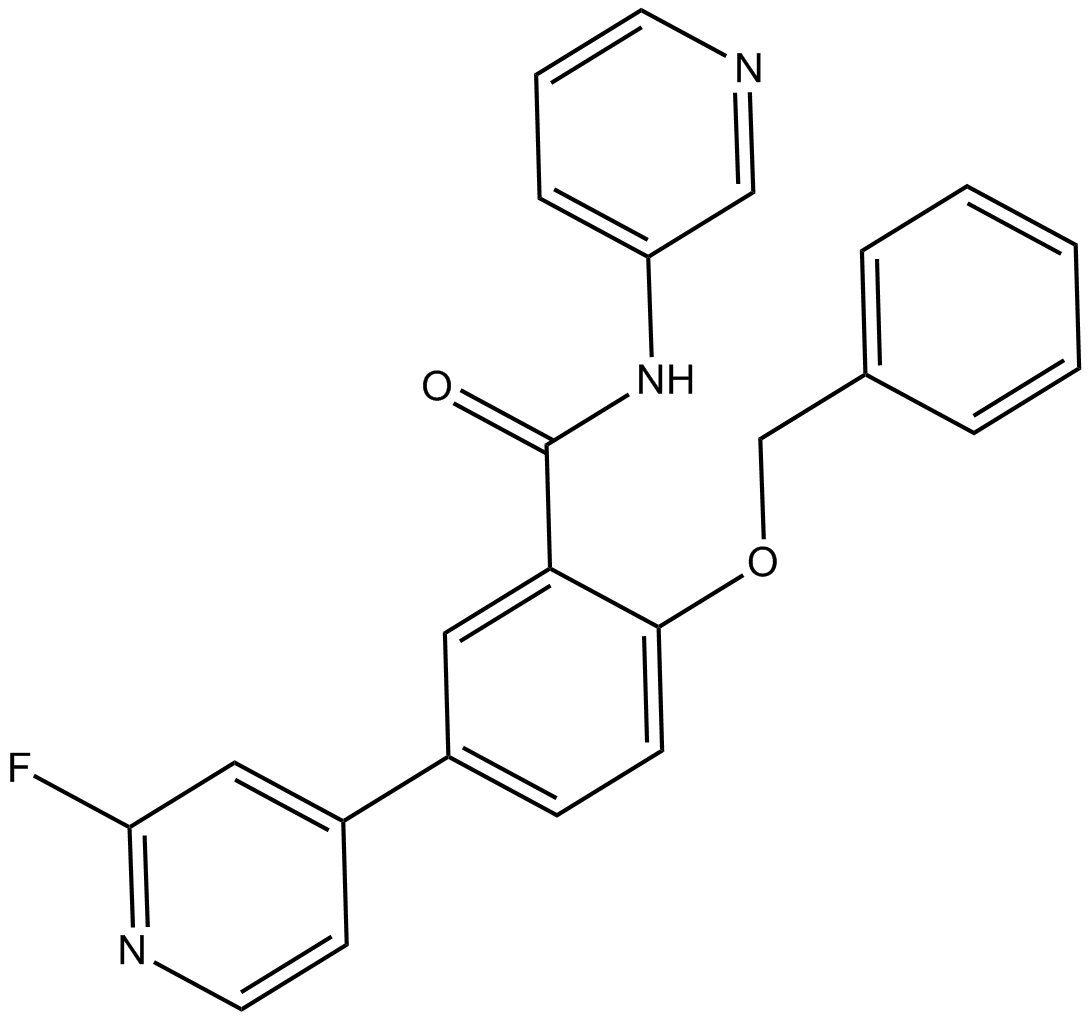
-
GA10942
H-D-Gln-OH
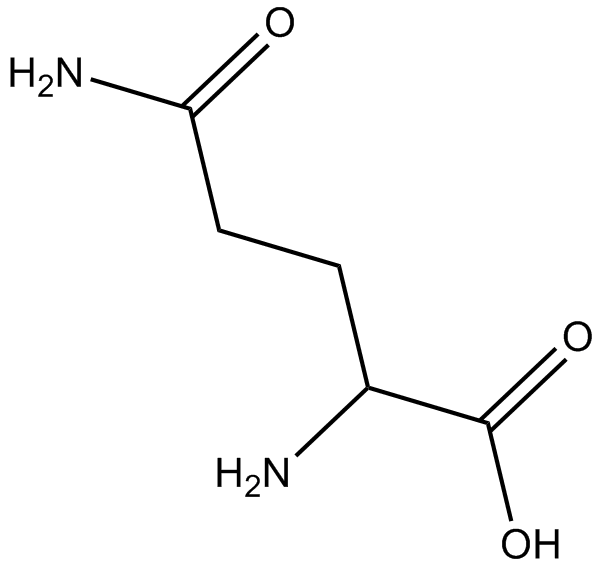
-
GC14591
Hemin chloride
Heminchlorid ist ein eisenhaltiges Porphyrin.
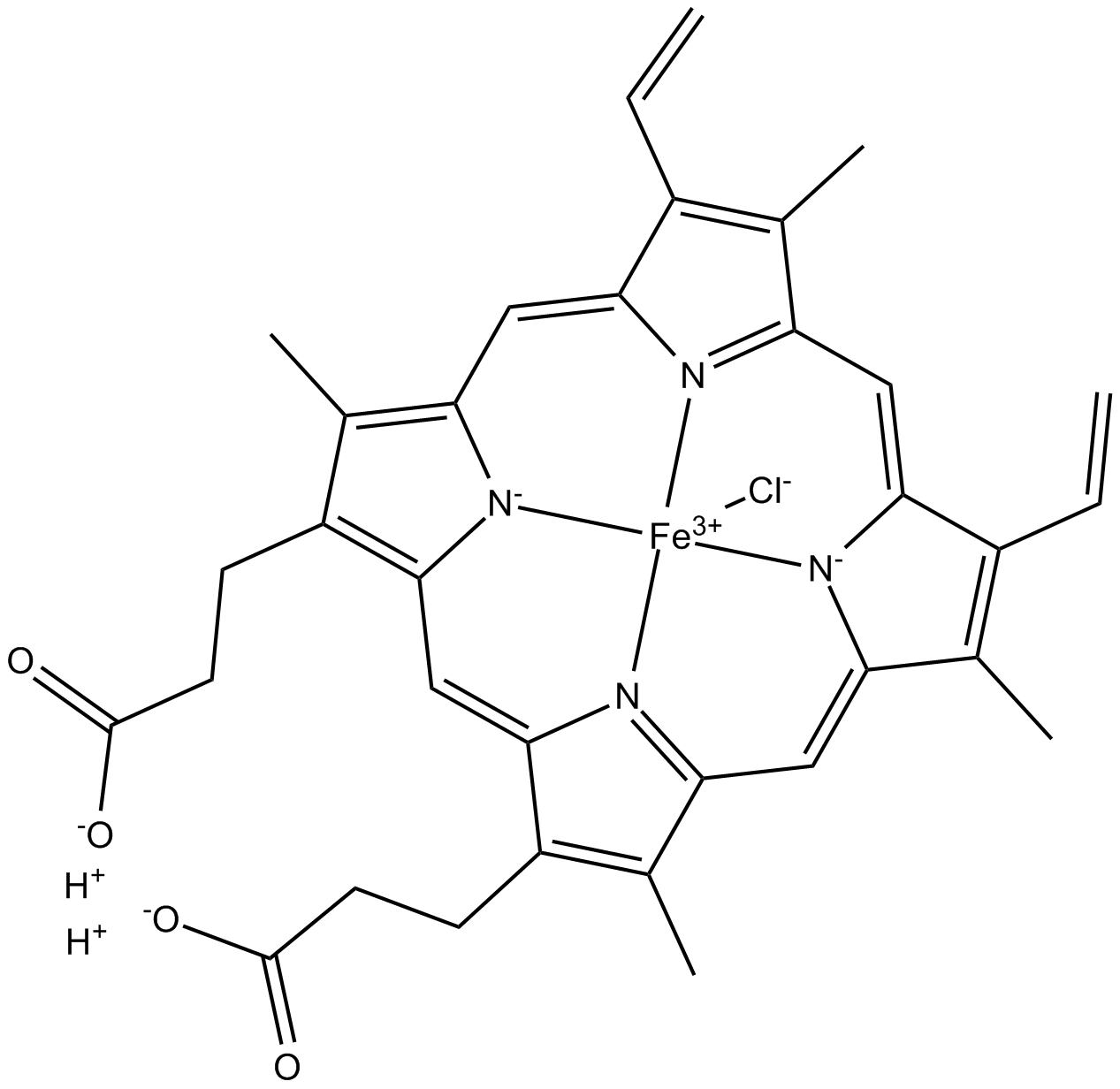
-
GC16105
Iohexol
Iohexol ist ein RÖntgenkontrastmittel und kann in vivo fÜr Myelographie, Computertomographie (Zisternographie, Ventrikulographie) und MicroCT-Bildgebung angewendet werden.
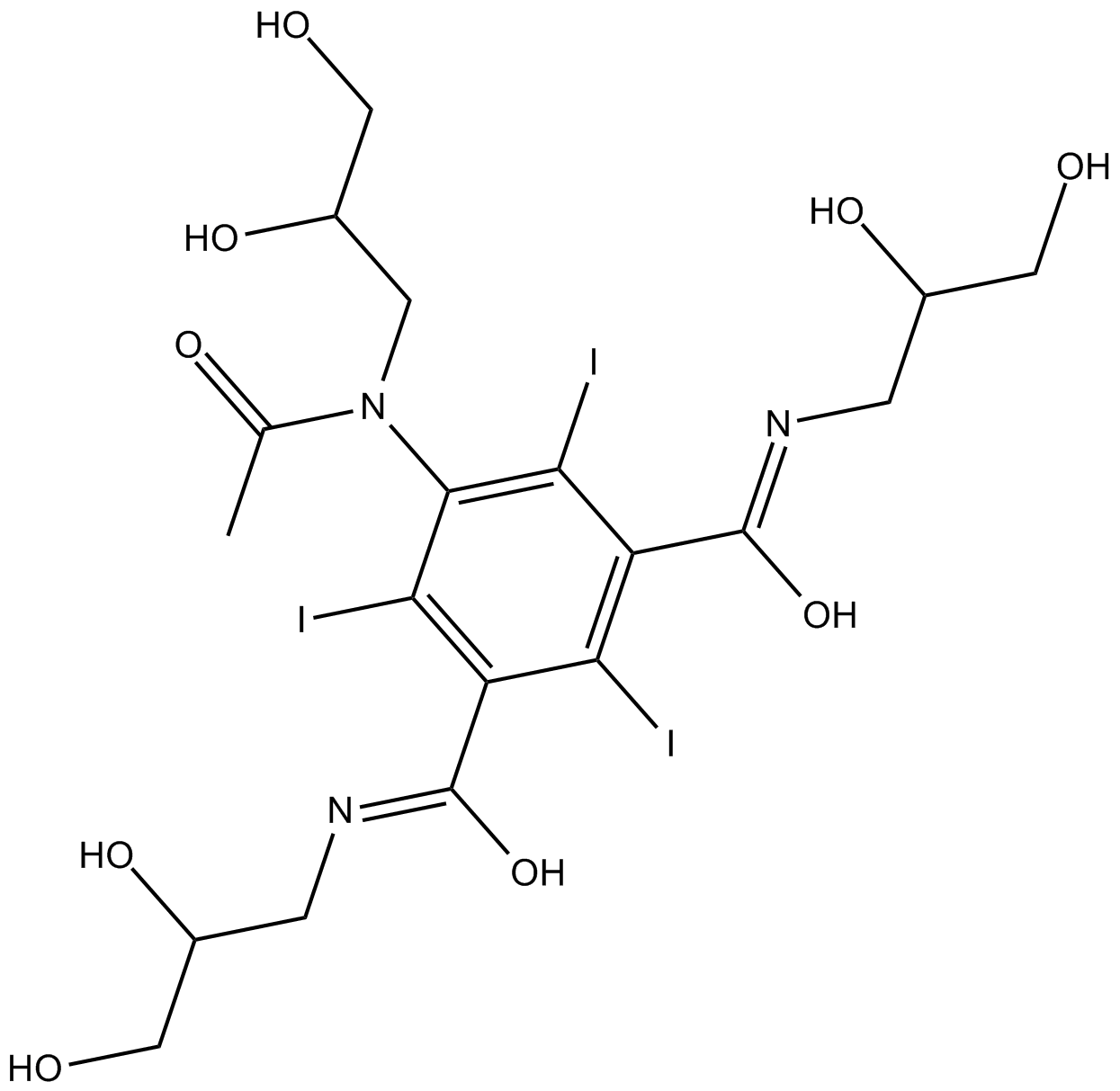
-
GC12017
Isoniazid
Isoniazid (INH) ist ein Prodrug und muss durch ein bakterielles Katalase-Peroxidase-Enzym KatG aktiviert werden.

-
GC64098
Isoniazid-d4
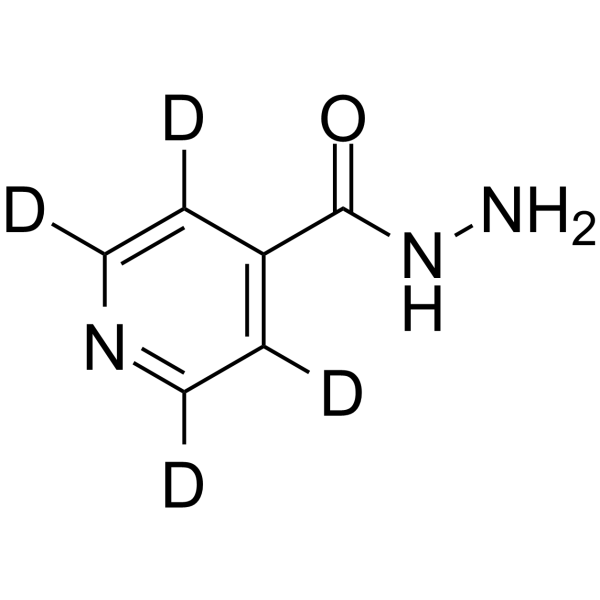
-
GC12339
Ivermectin
Ivermectin (MK-933) ist ein Breitspektrum-Antiparasitenmittel.
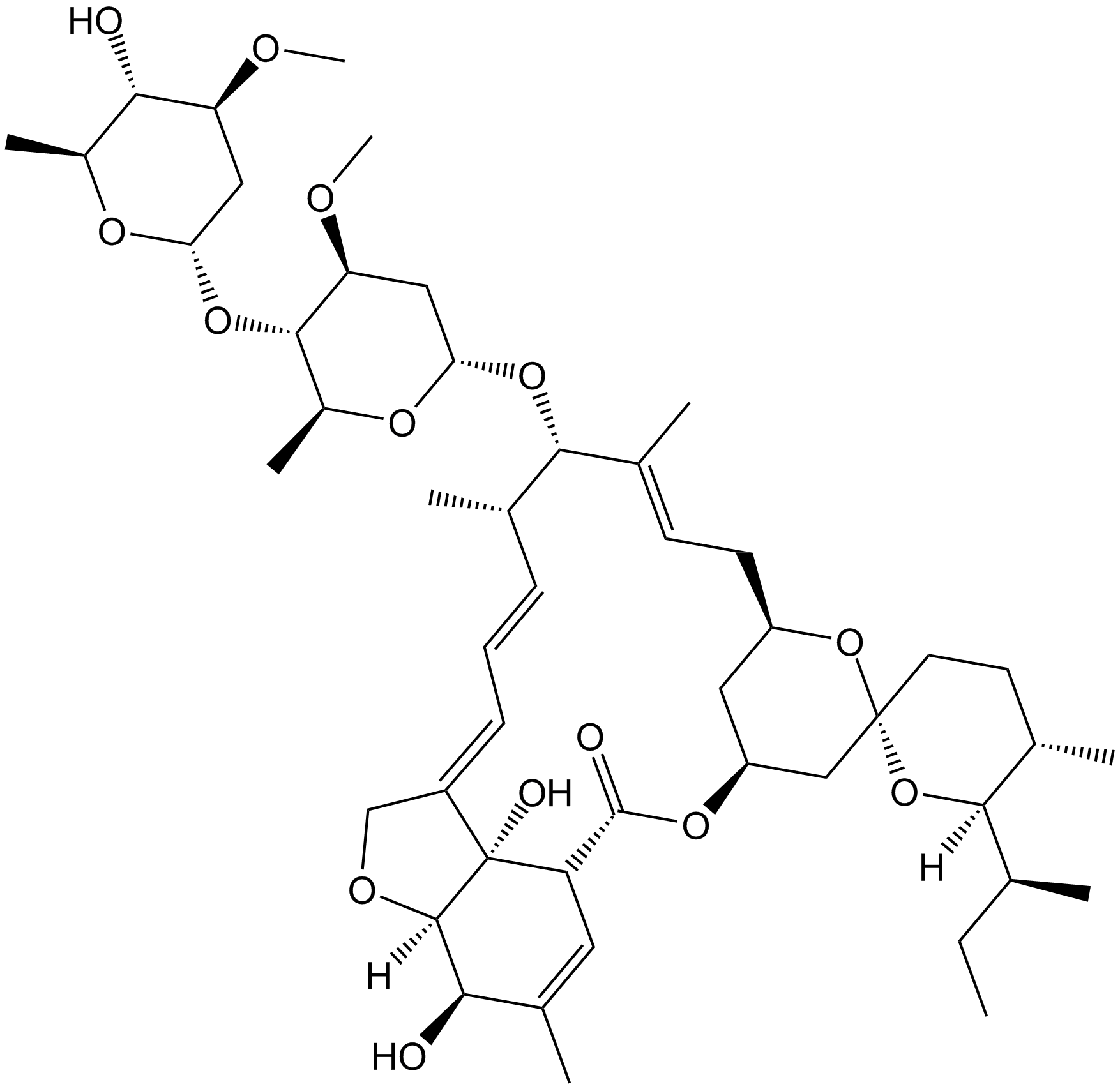
-
GC38150
Liensinine Diperchlorate
Liensinindiperchlorat ist ein wichtiges Isochinolin-Alkaloid, das aus dem Samenembryo von Nelumbo nucifera Gaertn extrahiert wird.
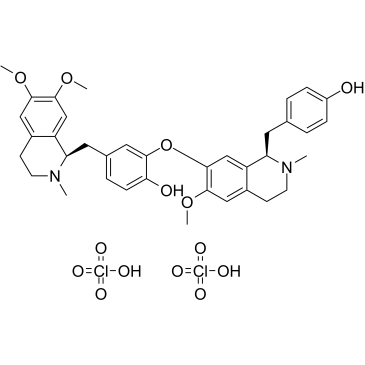
-
GC17874
Matrine
An alkaloid with diverse biological activities
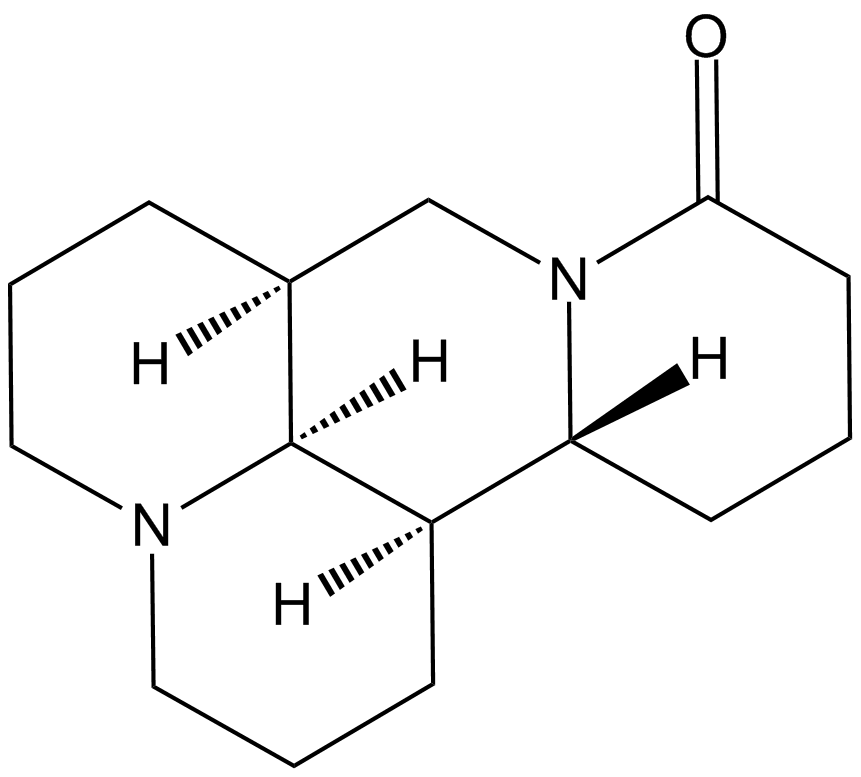
-
GC10200
Mdivi 1
Ein Mitochondrien-Teilungs-Inhibitor
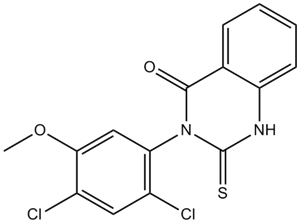
-
GC15618
Melatonin
Melatoninrezeptor-Agonist
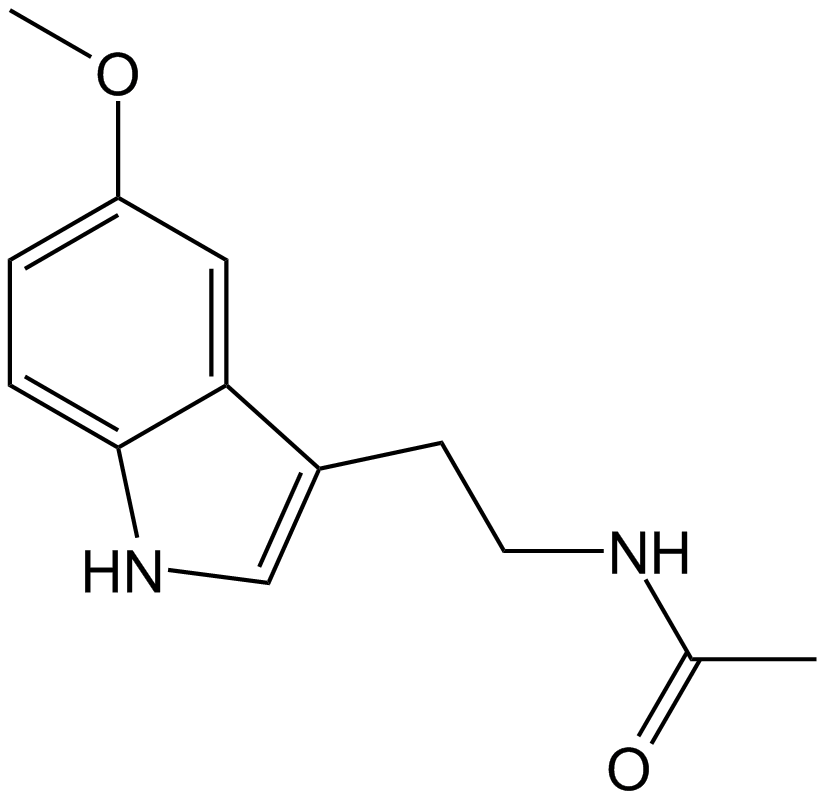
-
GC60241
Melatonin D5
An internal standard for the quantification of melatonin
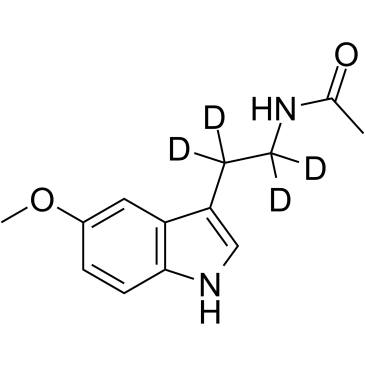
-
GC61045
Metformin D6 hydrochloride
Metformin D6-Hydrochlorid ist ein mit Deuterium gekennzeichnetes Metformin-Hydrochlorid.
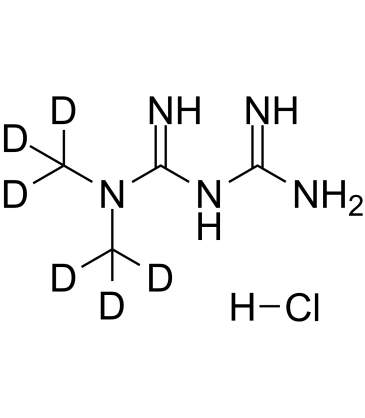
-
GC17443
Metformin HCl
Metformin HCl (1,1-Dimethylbiguanidhydrochlorid) hemmt die mitochondriale Atmungskette in der Leber, was zur Aktivierung von AMPK führt und die Insulinsensitivität für Typ-2-Diabetes-Forschung verbessert.
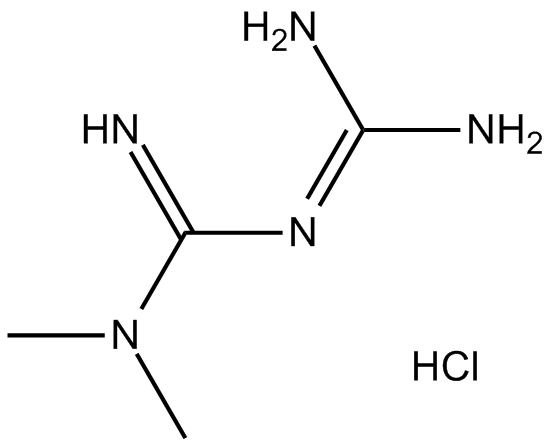
-
GN10257
Naringin
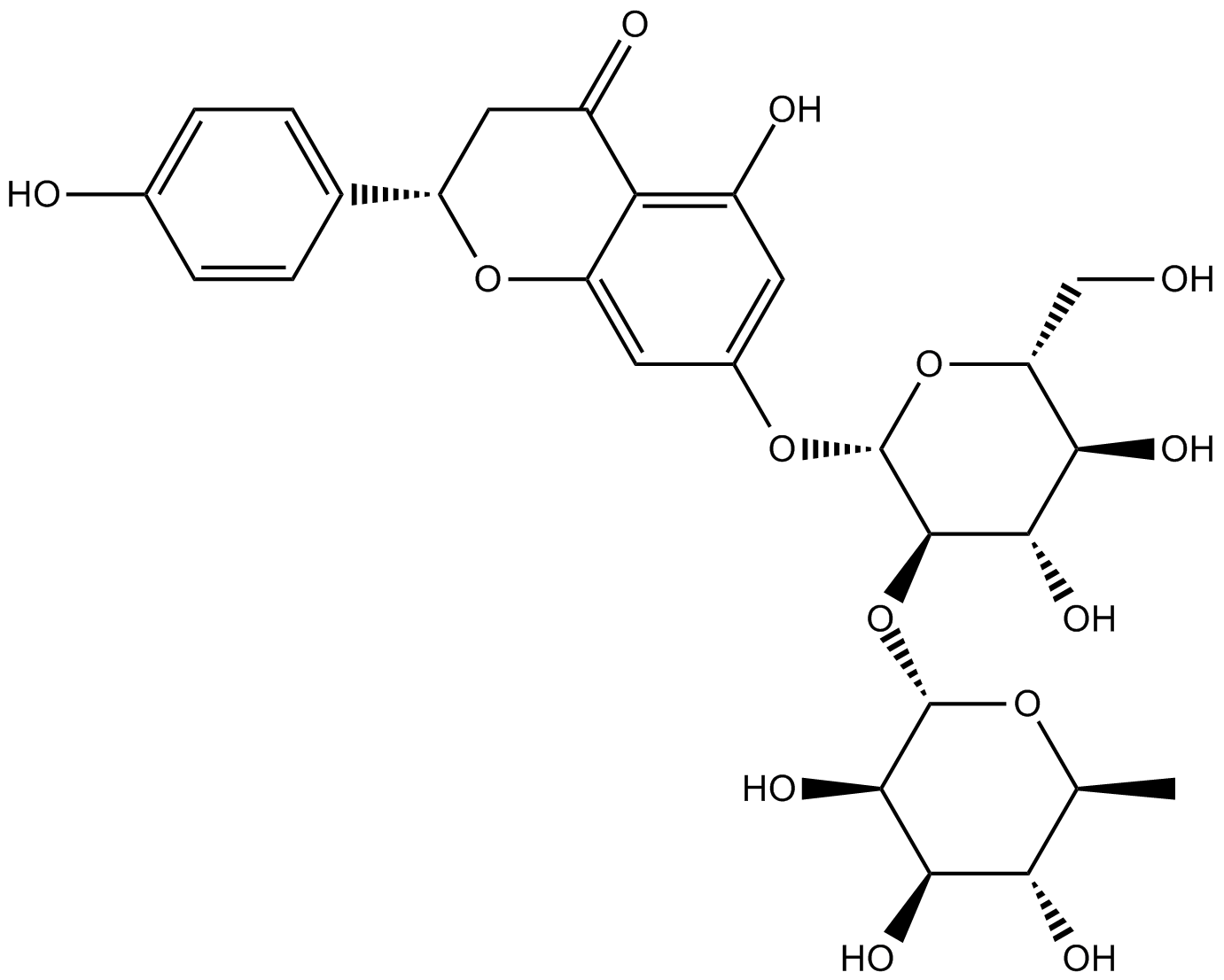
-
GC12495
Olanzapine
Olanzapin (LY170053) ist ein selektiver, oral aktiver monoaminerger Antagonist mit hoher AffinitÄtsbindung an Serotonin H1, 5HT2A/2C, 5HT3, 5HT6 (Ki=7, 4, 11, 57 bzw. 5 nM), Dopamin D1-4 ( Ki=11 bis 31 nM), muskarinischer M1-5 (Ki=1,9-25 nM) und adrenerger -1-Rezeptor (Ki=19 nM).
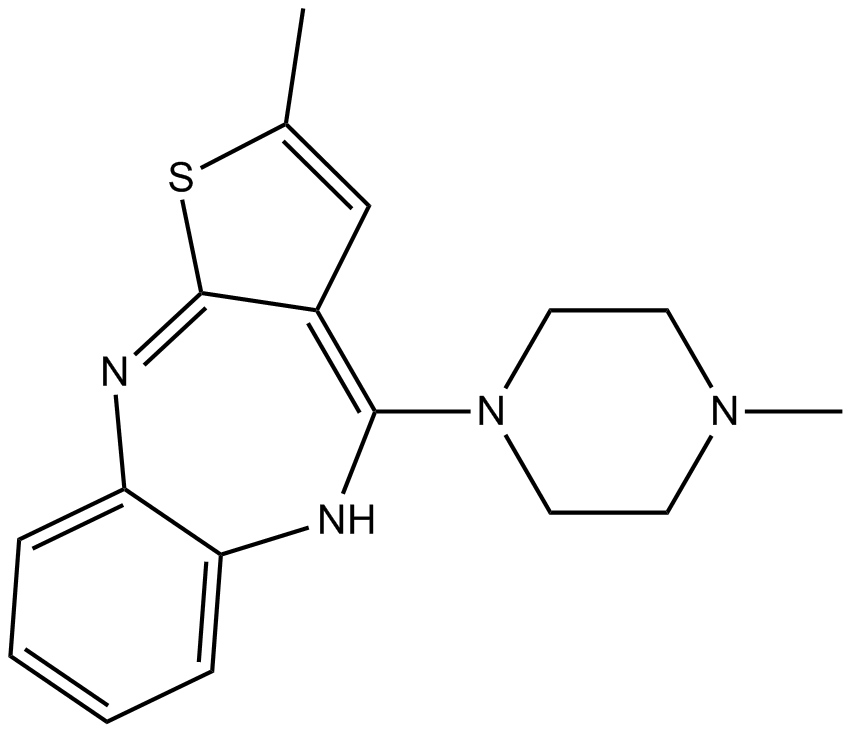
-
GC61809
Olanzapine D3
Olanzapin D3 (LY170053-d3) ist das mit Deuterium bezeichnete Olanzapin.
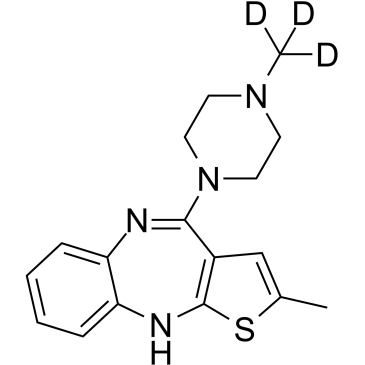
-
GC17580
Olaparib (AZD2281, Ku-0059436)
Ein PARP-Inhibitor
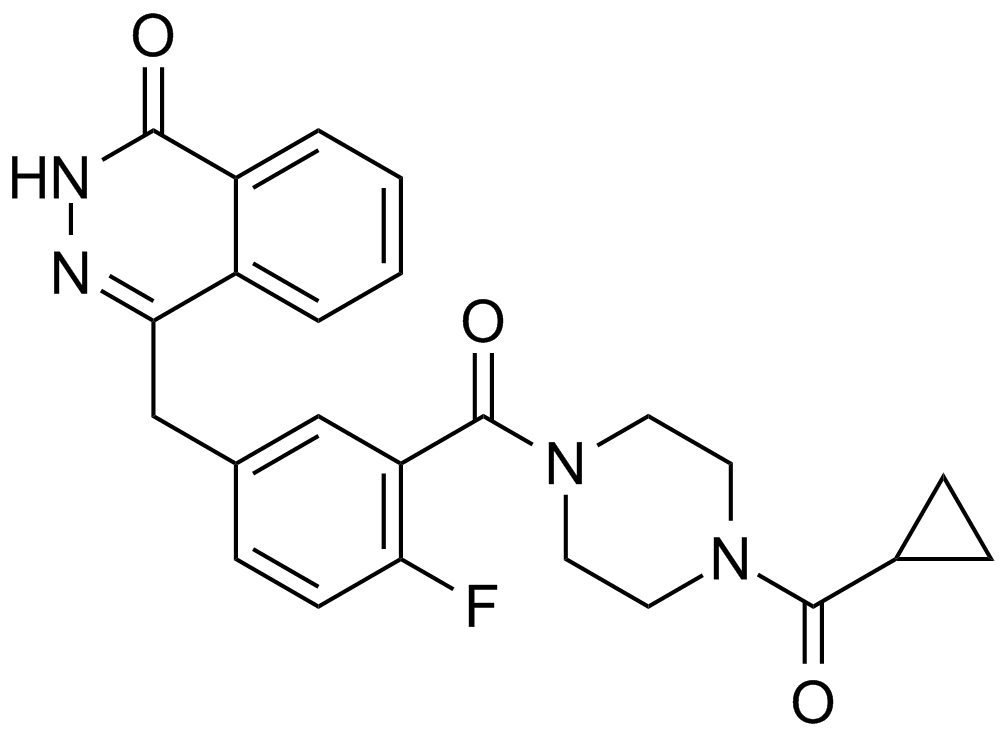
-
GC30871
Oxidopamine hydrochloride (6-Hydroxydopamine hydrochloride)
Oxidopamin (6-OHDA)-Hydrochlorid ist ein Antagonist des Neurotransmitters Dopamin.
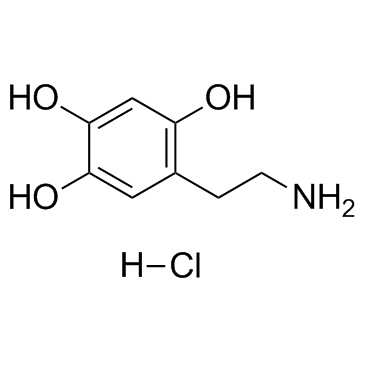
-
GC38562
P62-mediated mitophagy inducer
Der P62-vermittelte Mitophagie-Induktor ist ein Mitophagie-Regulator, der die Mitophagie aktiviert, ohne Parkin zu rekrutieren oder δψm zu kollabieren, und die AktivitÄt in Zellen ohne einen voll funktionsfÄhigen PINK1/Parkin-Weg aufrechterhÄlt.
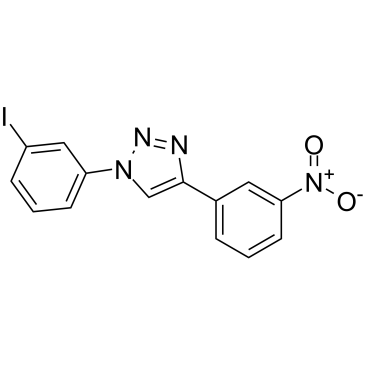
-
GN10357
Parthenolide
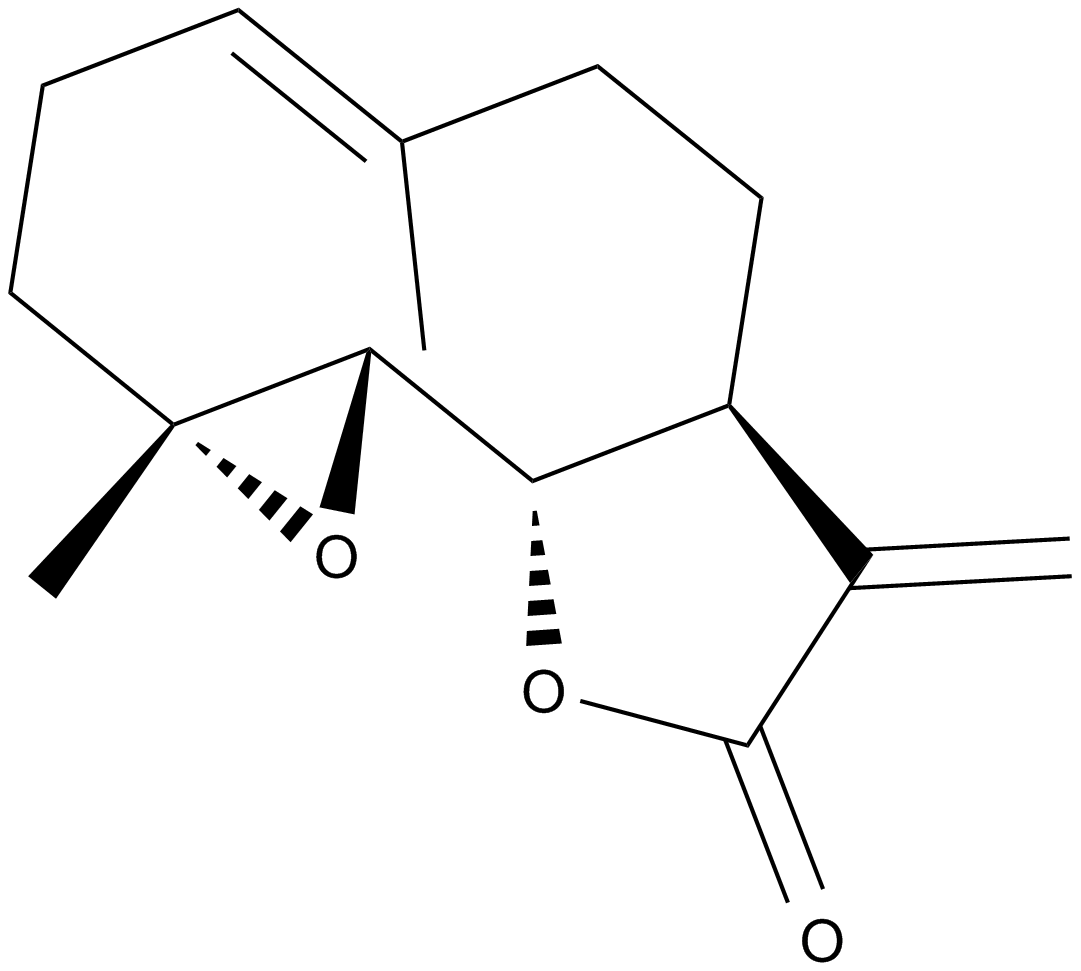
-
GC11332
Pitavastatin
HMG-CoA-Reduktase-Inhibitor
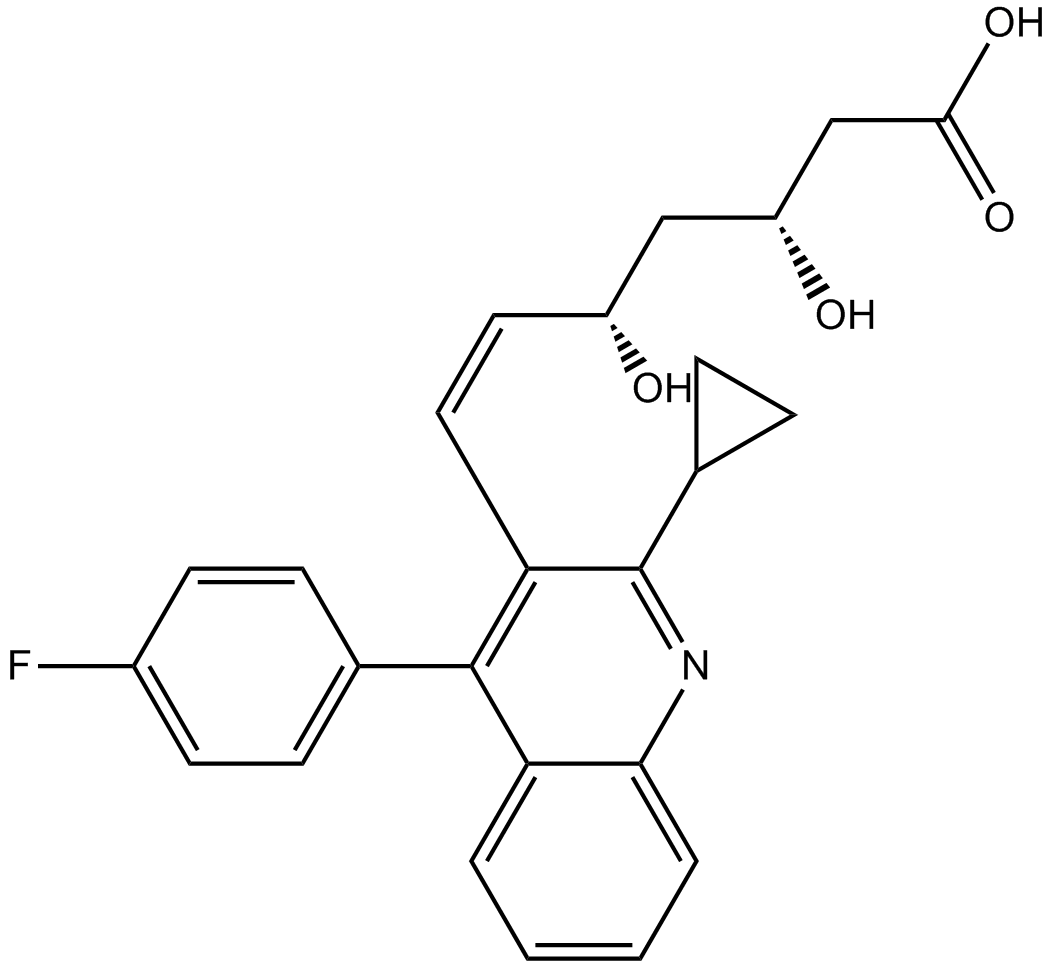
-
GC12116
Pitavastatin Calcium
Pitavastatin-Calcium (NK-104-Hemicalcium) ist ein starker Hydroxymethylglutaryl-CoA (HMG-CoA)-Reduktase-Hemmer.
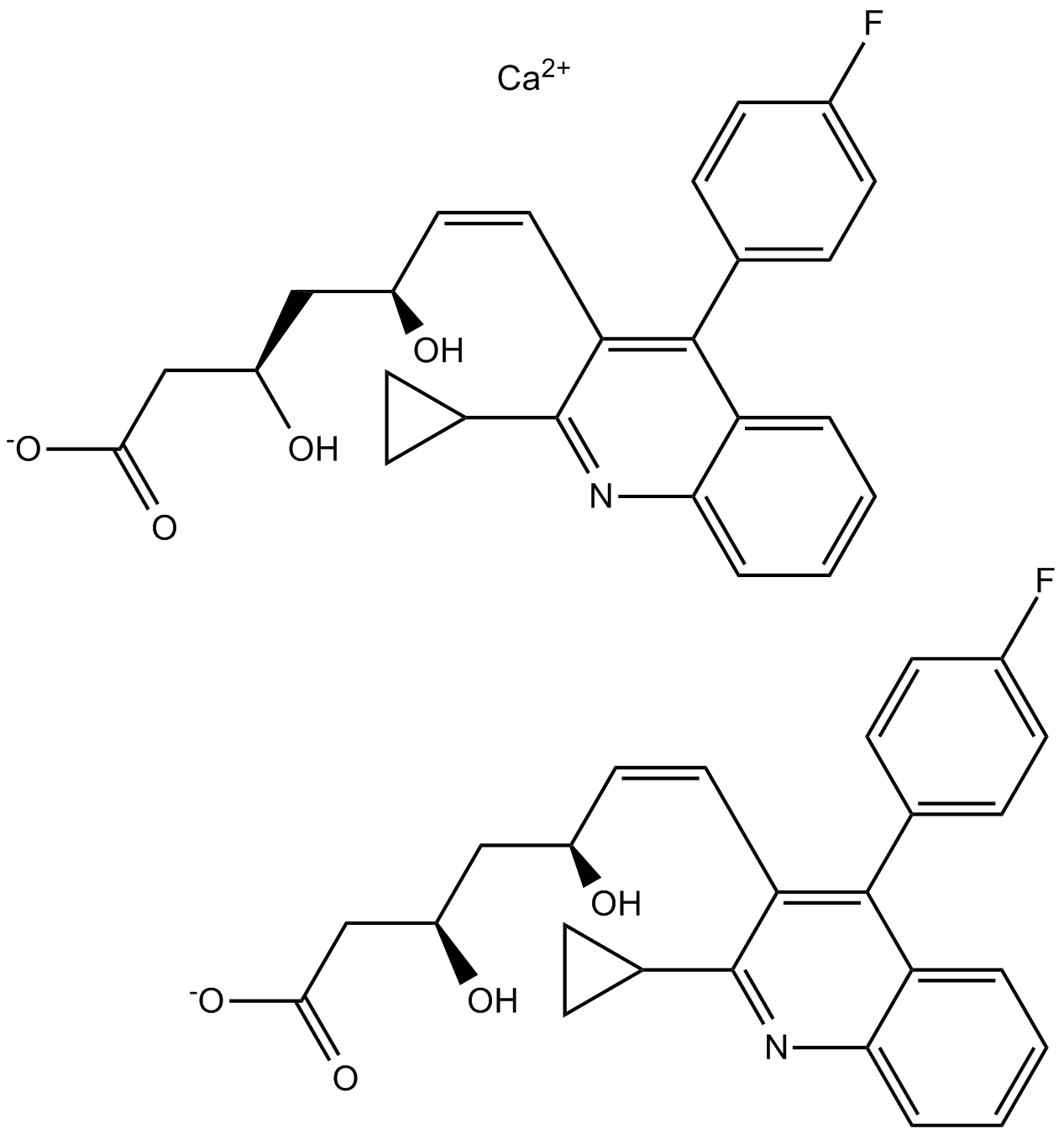
-
GC36930
Pitavastatin D4
Pitavastatin D4 (NK-104 D4) ist mit Deuterium markiertes Pitavastatin.
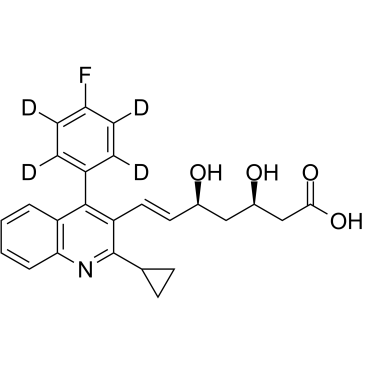
-
GN10331
Polydatin

-
GC15904
PP242
PP242 (PP 242) ist ein selektiver und ATP-kompetitiver mTOR-Inhibitor mit einem IC50 von 8 nM. PP242 hemmt sowohl mTORC1 als auch mTORC2 mit IC50-Werten von 30 nM bzw. 58 nM.
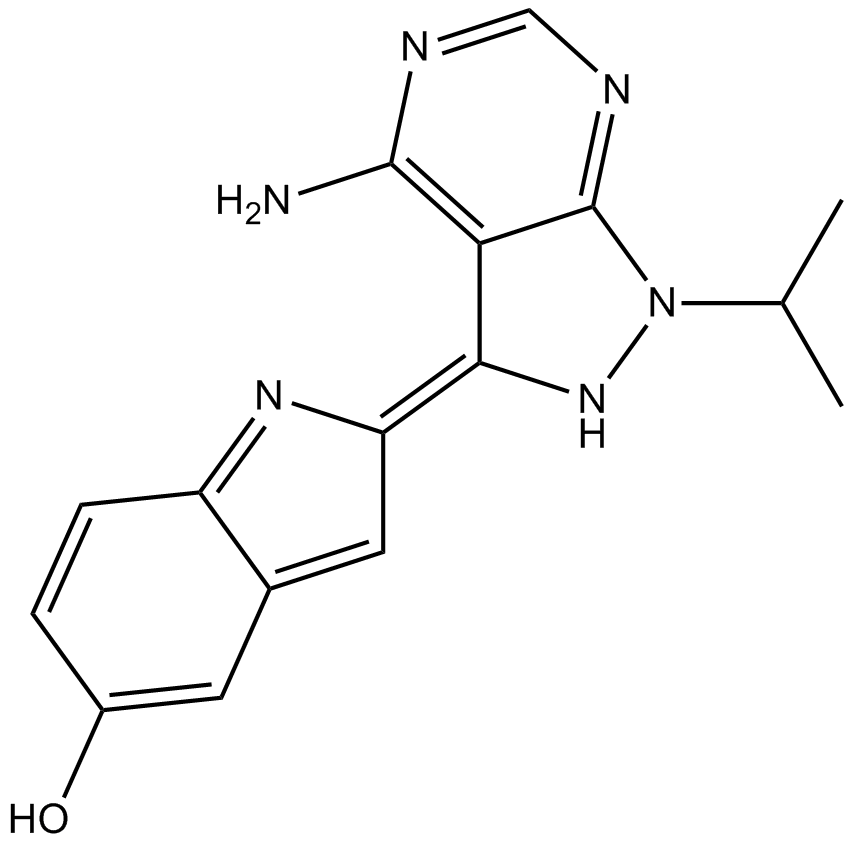
-
GN10266
Quercetin
Quercetin ist ein wichtiger diätetischer Flavonoid, der in Gemüse, Obst, Samen, Nüssen, Tee und Rotwein vorkommt.
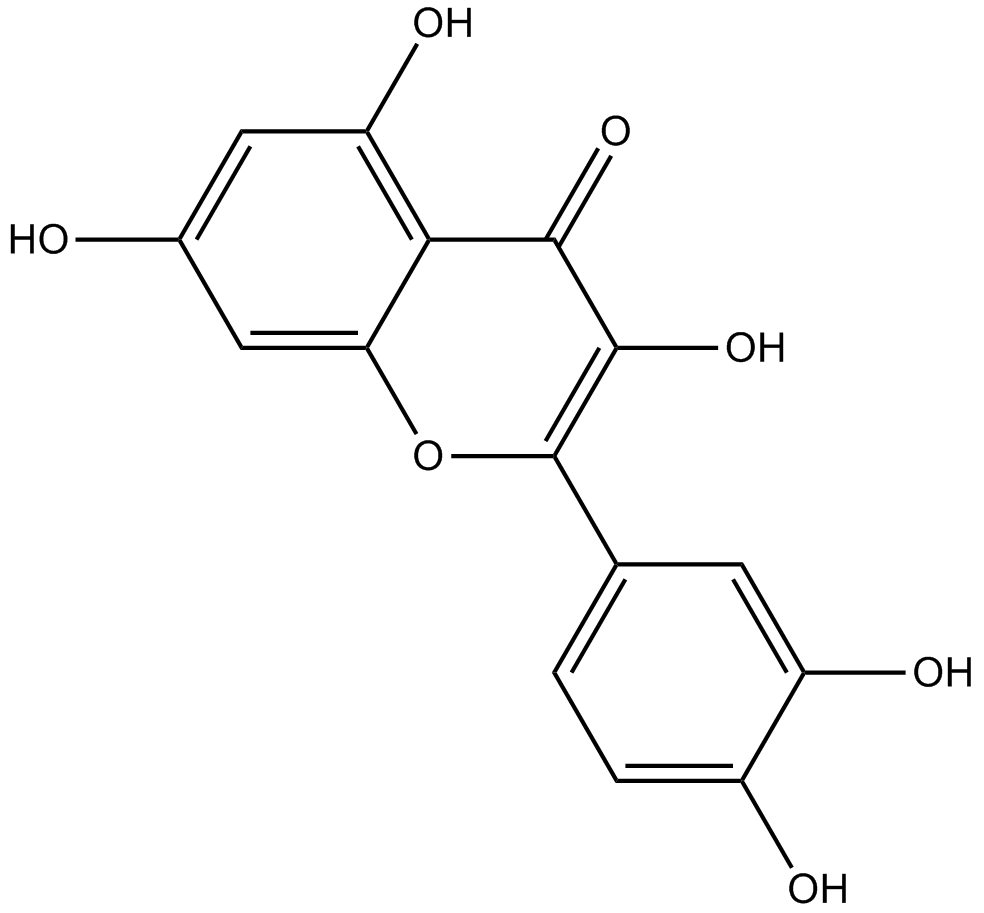
-
GC61227
Quercetin D5
Quercetin D5 ist ein Deuterium mit der Bezeichnung Quercetin. Quercetin, ein natürliches Flavonoid, ist ein Stimulator von rekombinantem SIRT1 und auch ein PI3K-Inhibitor mit IC50 von 2,4 μM, 3,0 μM und 5,4 μM für PI3K γ, PI3K δ bzw. PI3K β.
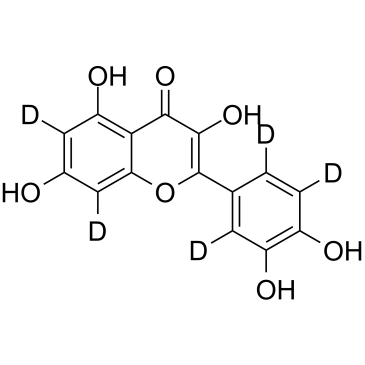
-
GC61229
Quinacrine dihydrochloride
Chinacrin (Mepacrine) Dihydrochlorid ist ein oral bioverfÜgbares Antimalariamittel, das sowohl in vitro als auch in vivo eine Antikrebswirkung besitzt.
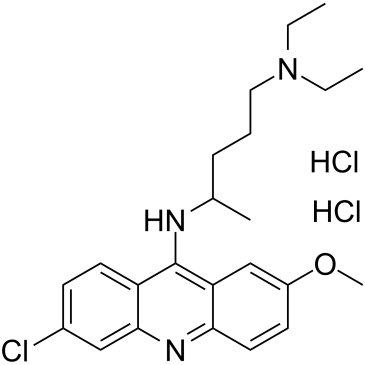
-
GC32768
Quinacrine dihydrochloride (Mepacrine dihydrochloride)
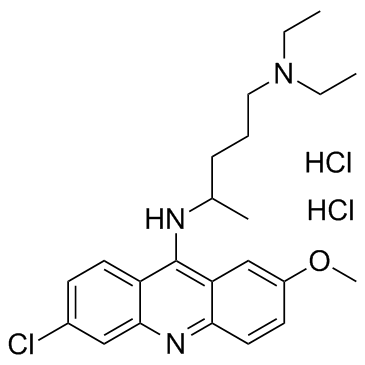
-
GC14553
Resveratrol
Ein Polyphenol mit vielfältigen biologischen Aktivitäten.

-
GC14191
Ruxolitinib (INCB018424)
Ein potenter, selektiver JAK1/JAK2-Inhibitor
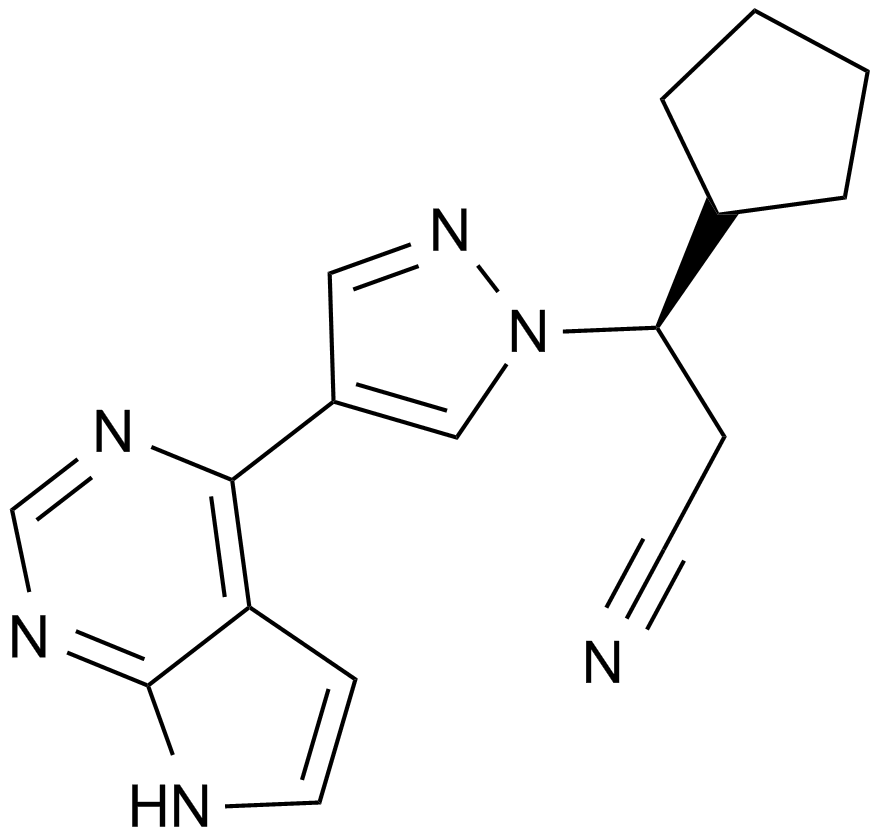
-
GC16124
Ruxolitinib phosphate
Ein potenter und selektiver JAK1/JAK2-Inhibitor
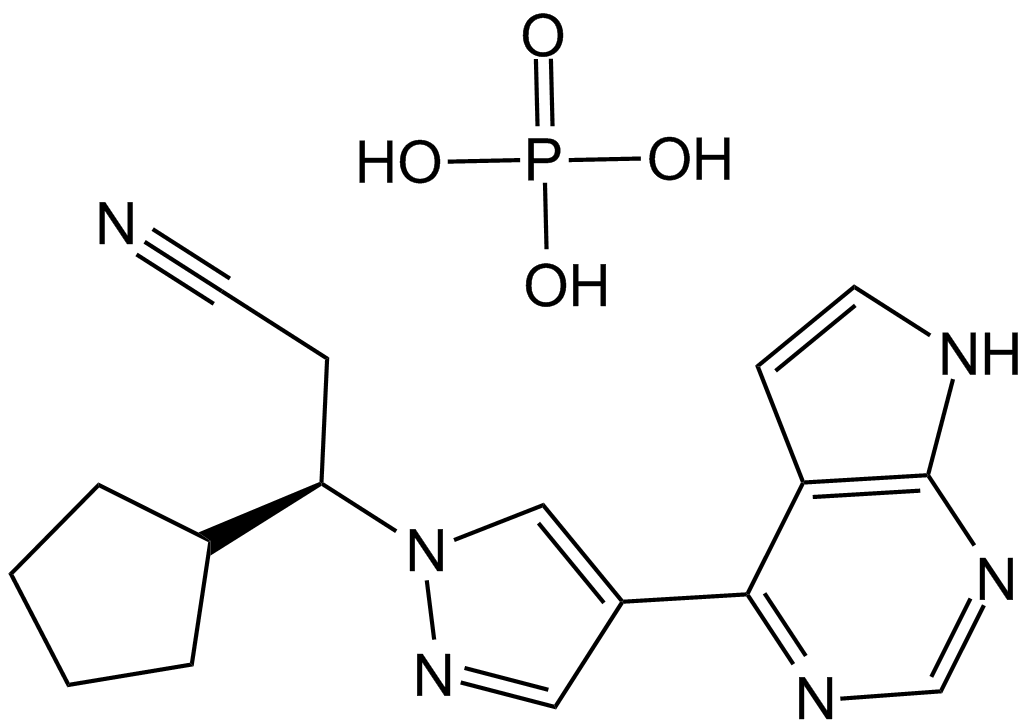
-
GC16508
Salicylic acid
SalicylsÄure (2-HydroxybenzoesÄure) hemmt die AktivitÄt der Cyclooxygenase-2 (COX-2) unabhÄngig von der Aktivierung des Transkriptionsfaktors (NF-κB).
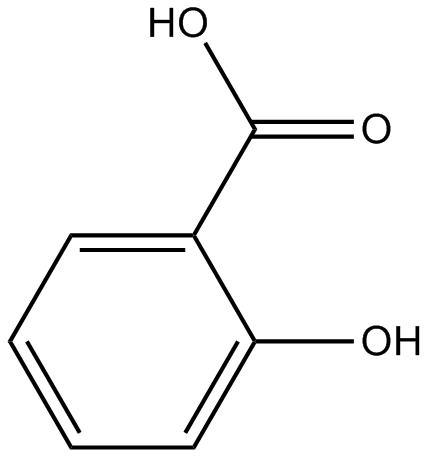
-
GC64032
Salicylic acid-d6
SalicylsÄure-D6 (2-HydroxybenzoesÄure-D6) ist eine mit Deuterium markierte SalicylsÄure.
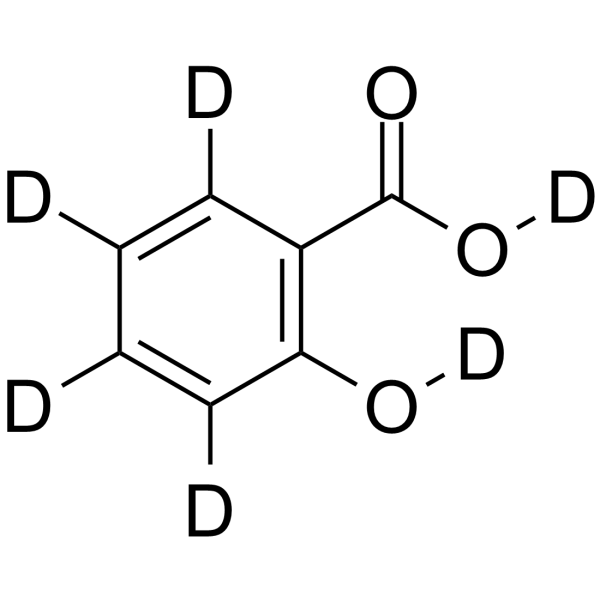
-
GC14882
Salinomycin
A selective cancer stem cell inhibitor
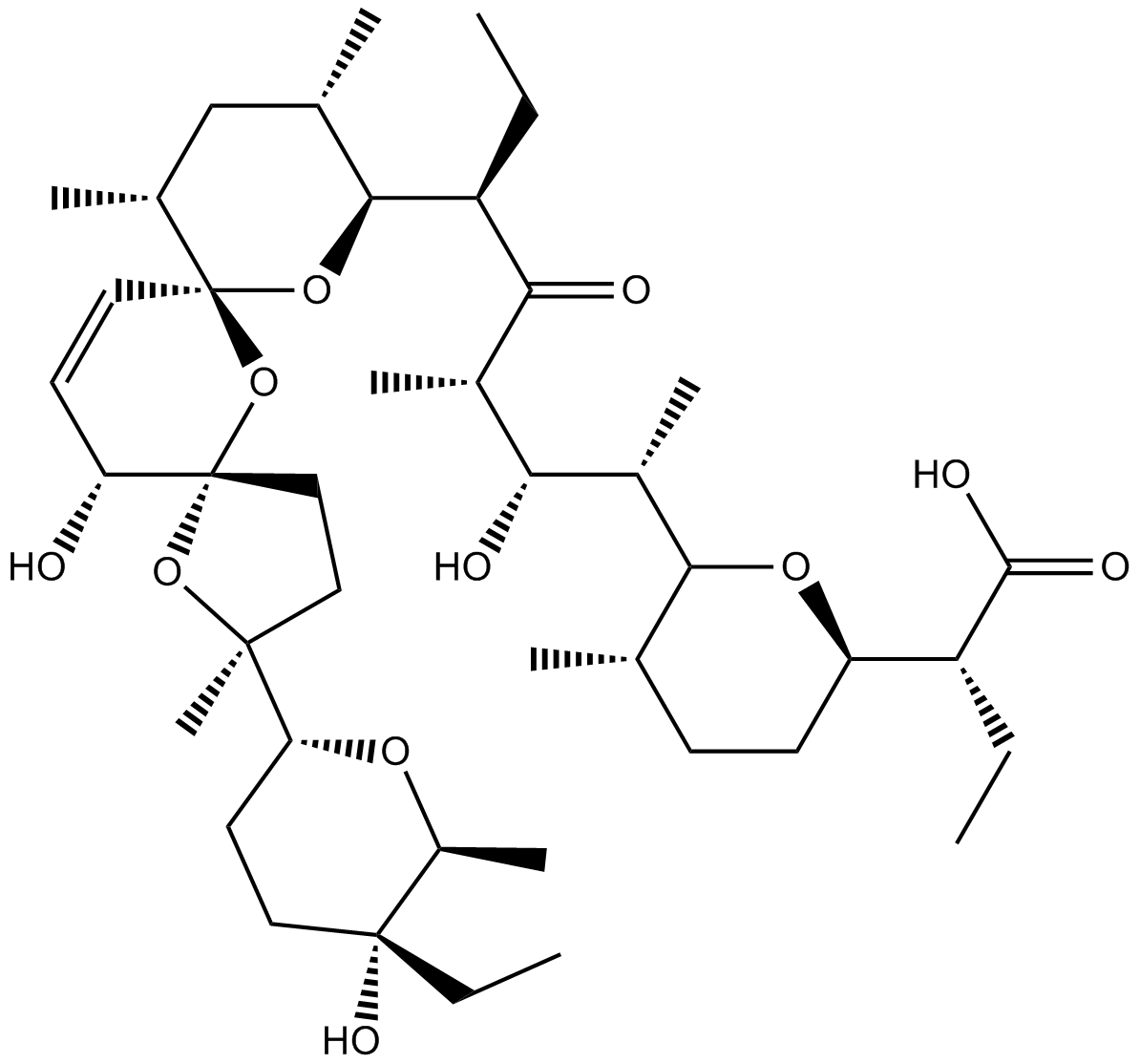
-
GC13595
SB 203580
SB 203580 is a specific inhibitor of p38-MAPK (Mitogen-activated Protein Kinase) pathway .
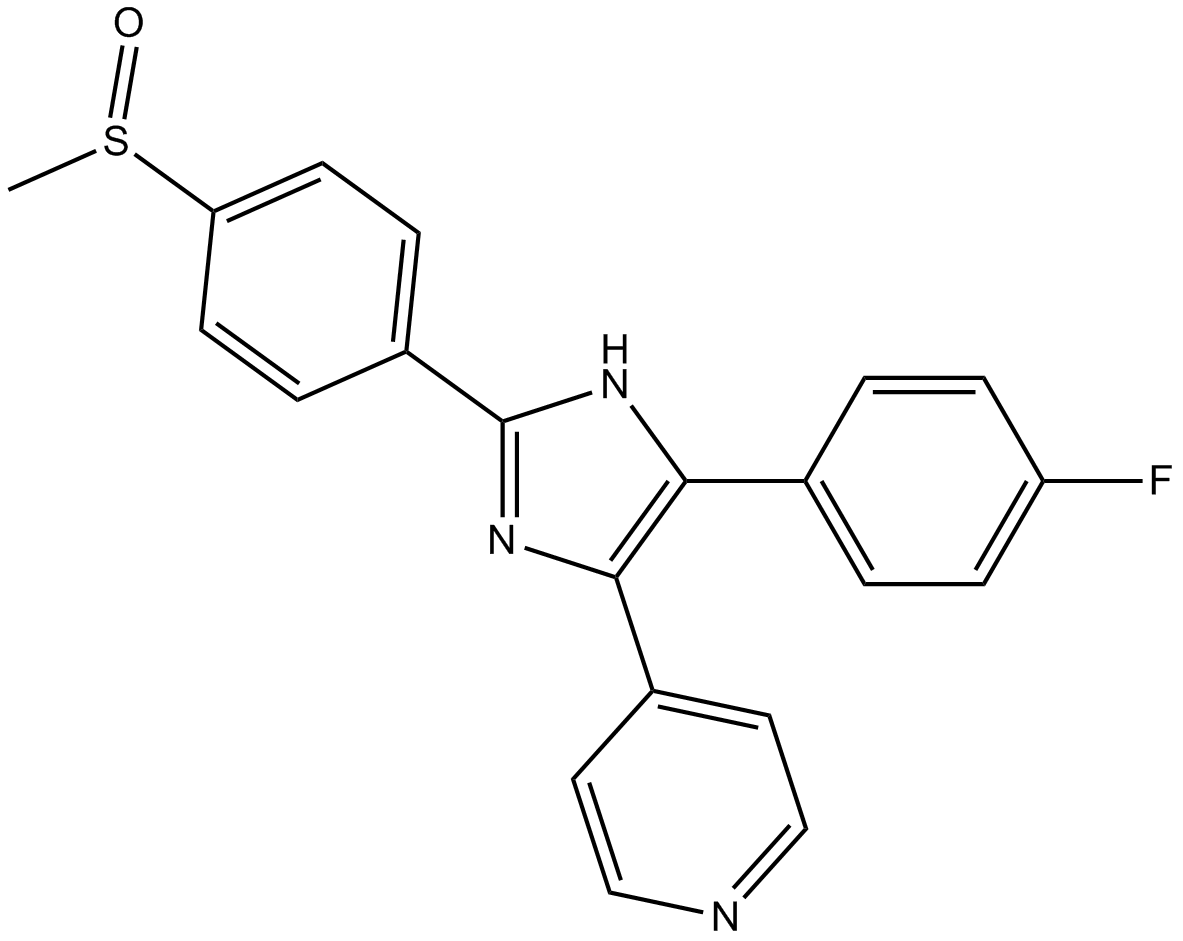
-
GC13001
SB 203580 hydrochloride
Adezmapimod (SB 203580) Hydrochlorid ist ein selektiver und ATP-kompetitiver p38-MAPK-Inhibitor mit IC50-Werten von 50 nM und 500 nM fÜr SAPK2a/p38 bzw. SAPK2b/p38β2.
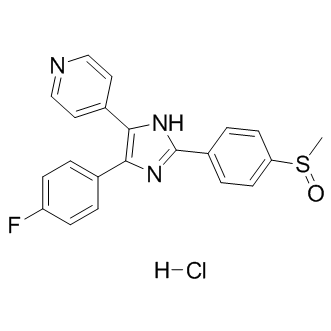
-
GC10585
Simvastatin (Zocor)
Simvastatin (Zocor) (MK 733) ist ein kompetitiver Inhibitor von HMG-CoA-Reduktase mit einem Ki-Wert von 0,2 nM.
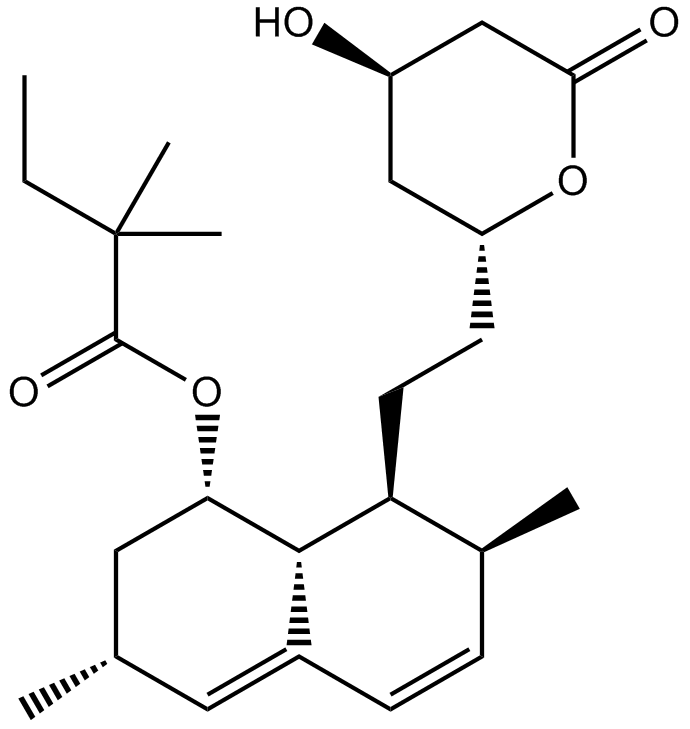
-
GC31964
Sulfosuccinimidyl oleate
Sulfosuccinimidyloleat (Sulfo-N-succinimidyloleat) ist eine langkettige FettsÄure, die den FettsÄuretransport in die Zellen hemmt.
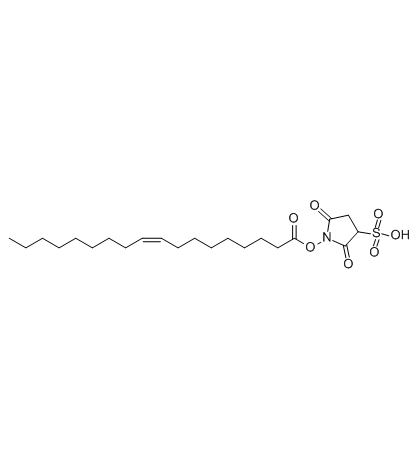
-
GC34817
Sulfosuccinimidyl oleate sodium
Sulfosuccinimidyloleat-Natrium (Sulfo-N-Succinimidyloleat-Natrium) ist eine langkettige FettsÄure, die den FettsÄuretransport in die Zellen hemmt.
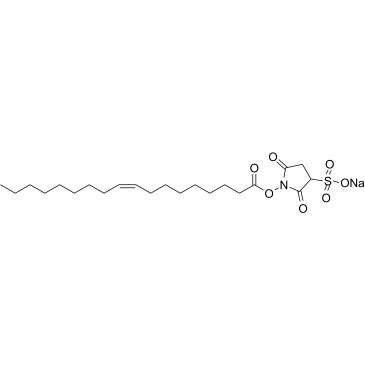
-
GC17651
Sunitinib
Sunitinib (SU 11248) ist ein Multi-Targeting-Rezeptor-Tyrosinkinase-Inhibitor mit IC50-Werten von 80 nM bzw. 2 nM fÜr VEGFR2 und PDGFRβ. Sunitinib, ein ATP-kompetitiver Inhibitor, hemmt wirksam die Autophosphorylierung von Ire1α, indem es die Autophosphorylierung und die daraus resultierende RNase-Aktivierung hemmt.
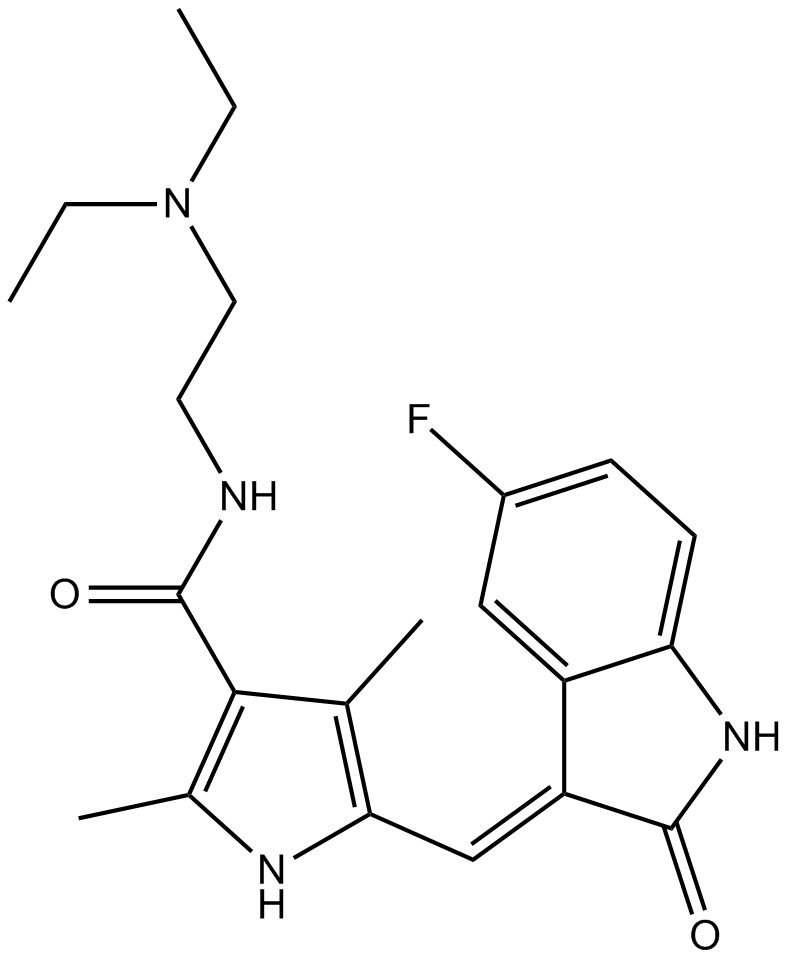
-
GC48118
Sunitinib-d10
Sunitinib D10 (SU 11248 D10) ist ein mit Deuterium gekennzeichnetes Sunitinib. Sunitinib ist ein Multi-Targeting-Rezeptor-Tyrosinkinase-Inhibitor mit IC50-Werten von 80 nM und 2 nM fÜr VEGFR2 bzw. PDGFRβ. Sunitinib, ein ATP-kompetitiver Inhibitor, hemmt wirksam die Autophosphorylierung von Ire1α, indem es die Autophosphorylierung und die daraus resultierende RNase-Aktivierung hemmt.

-
GC45099
U-0126
Ein MEK-Inhibitor

-
GC15951
URB597
An inhibitor of FAAH
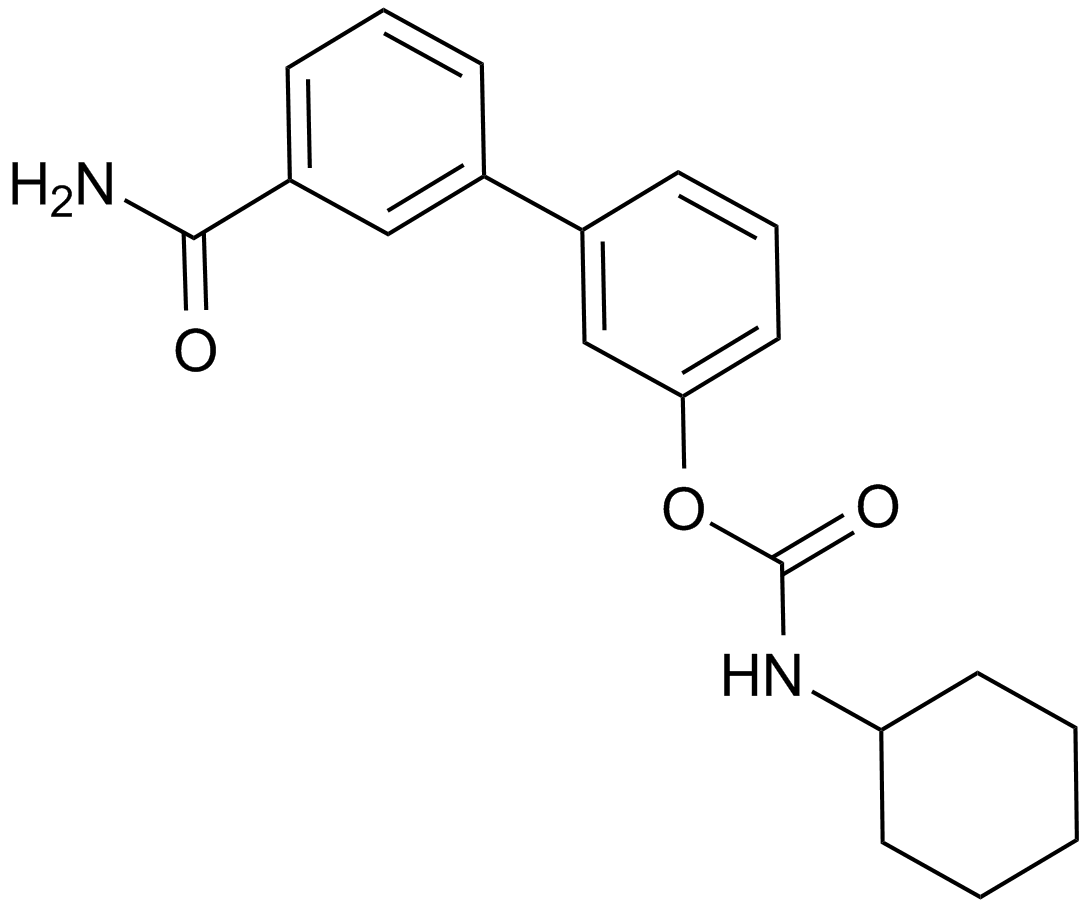
-
GC11424
Valproic acid
HDAC1-Inhibitor
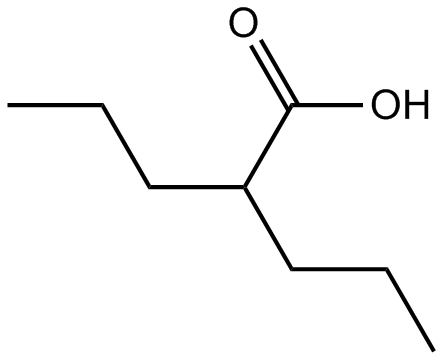
-
GC15794
Valproic acid sodium salt (Sodium valproate)
A class I HDAC inhibitor
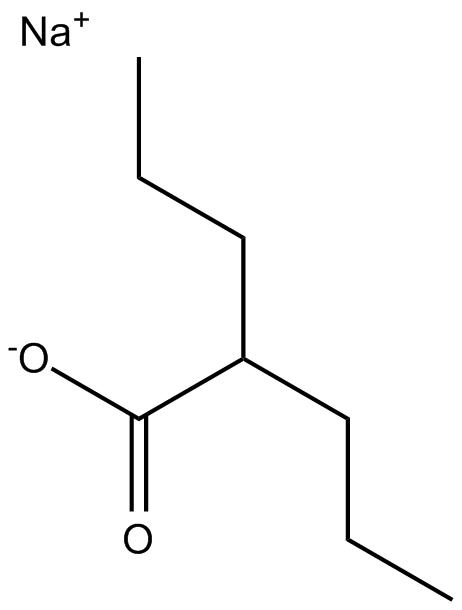
-
GC64378
Valproic acid-d6
ValproinsÄure-d6 (VPA-d6) ist die mit Deuterium markierte ValproinsÄure. ValproinsÄure (VPA; 2-PropylpentansÄure) ist ein HDAC-Inhibitor mit IC50 im Bereich von 0,5 und 2 mM, hemmt auch HDAC1 (IC50, 400 μM) und induziert den proteasomalen Abbau von HDAC2. ValproinsÄure aktiviert die Notch1-SignalÜbertragung und hemmt die Proliferation in kleinzelligen Lungenkrebszellen (SCLC). ValproinsÄure-Natriumsalz wird zur Behandlung von Epilepsie, bipolaren StÖrungen und zur Vorbeugung von MigrÄne verwendet.
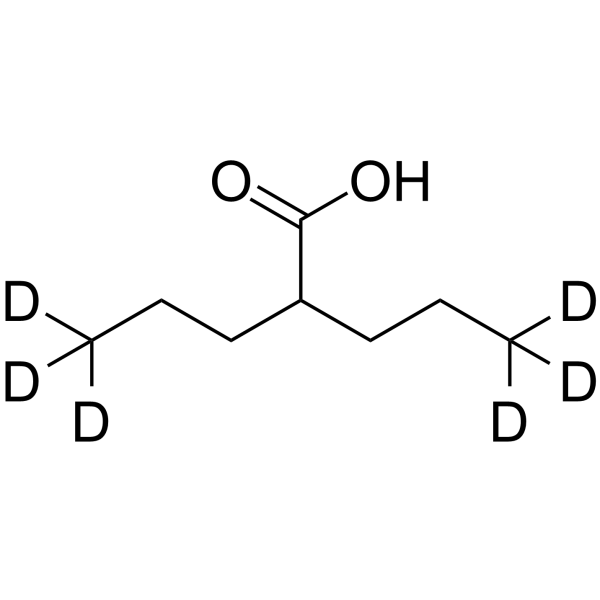
-
GC17390
Vorinostat (SAHA, MK0683)
Ein HDAC-Inhibitor
